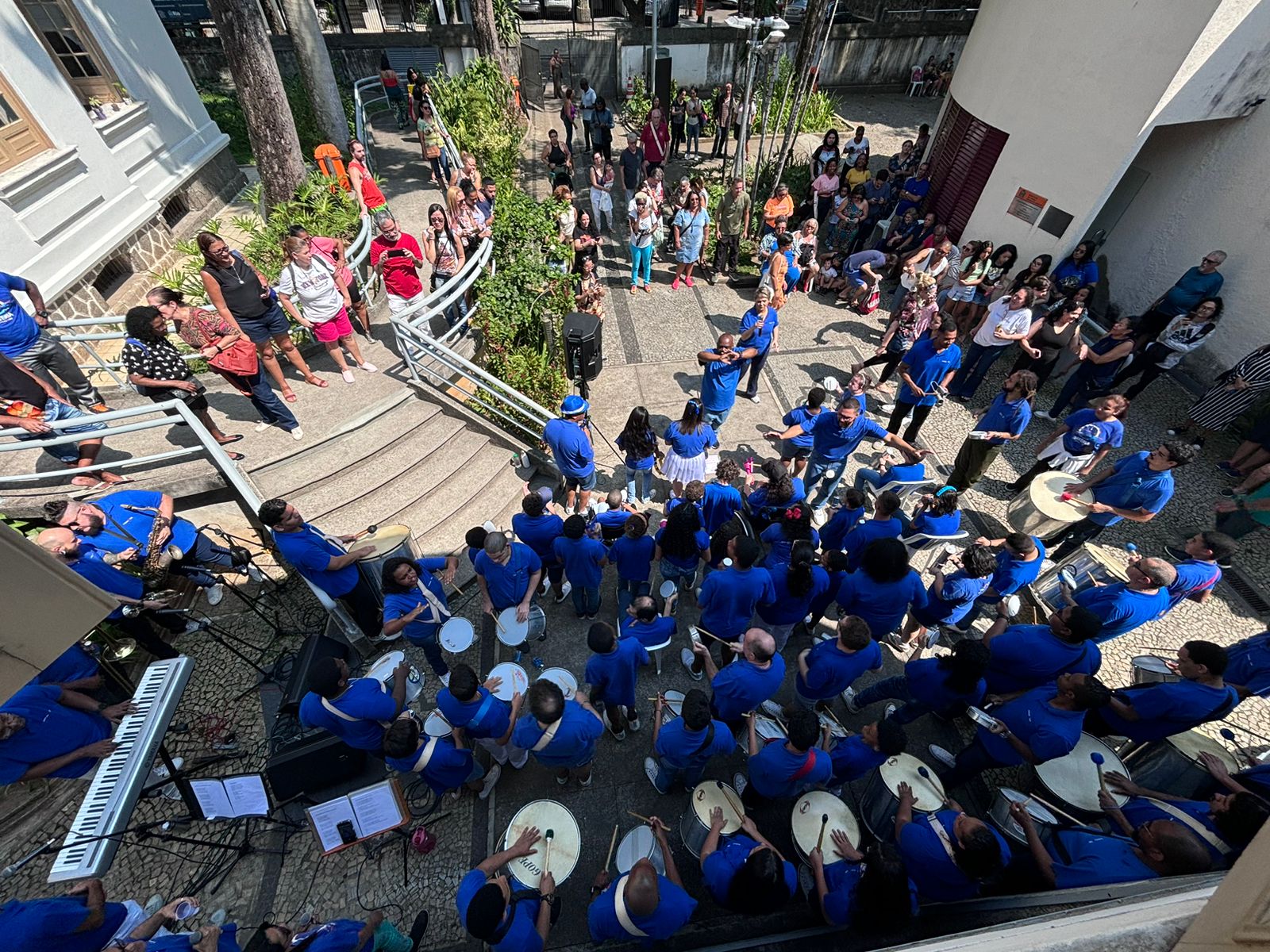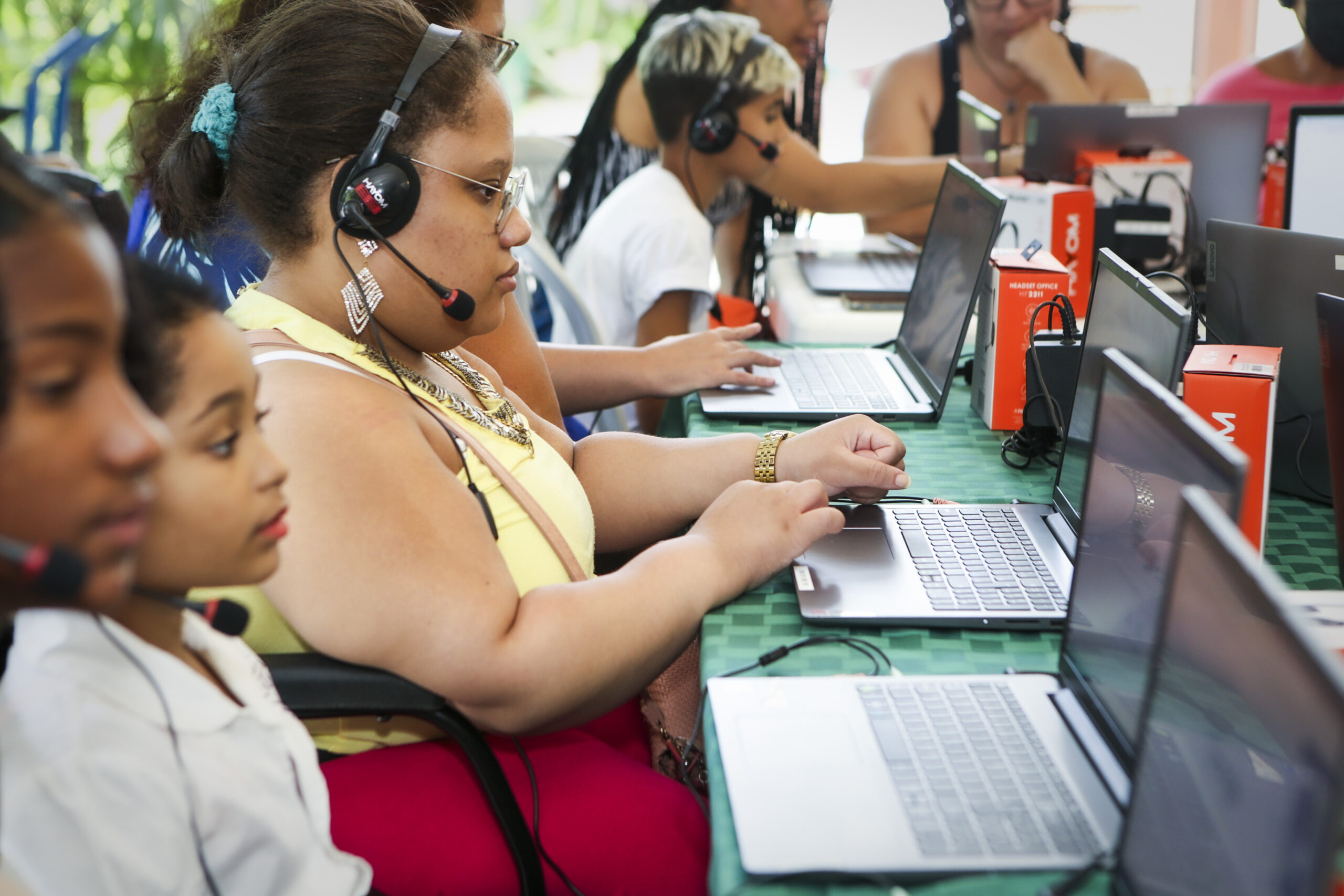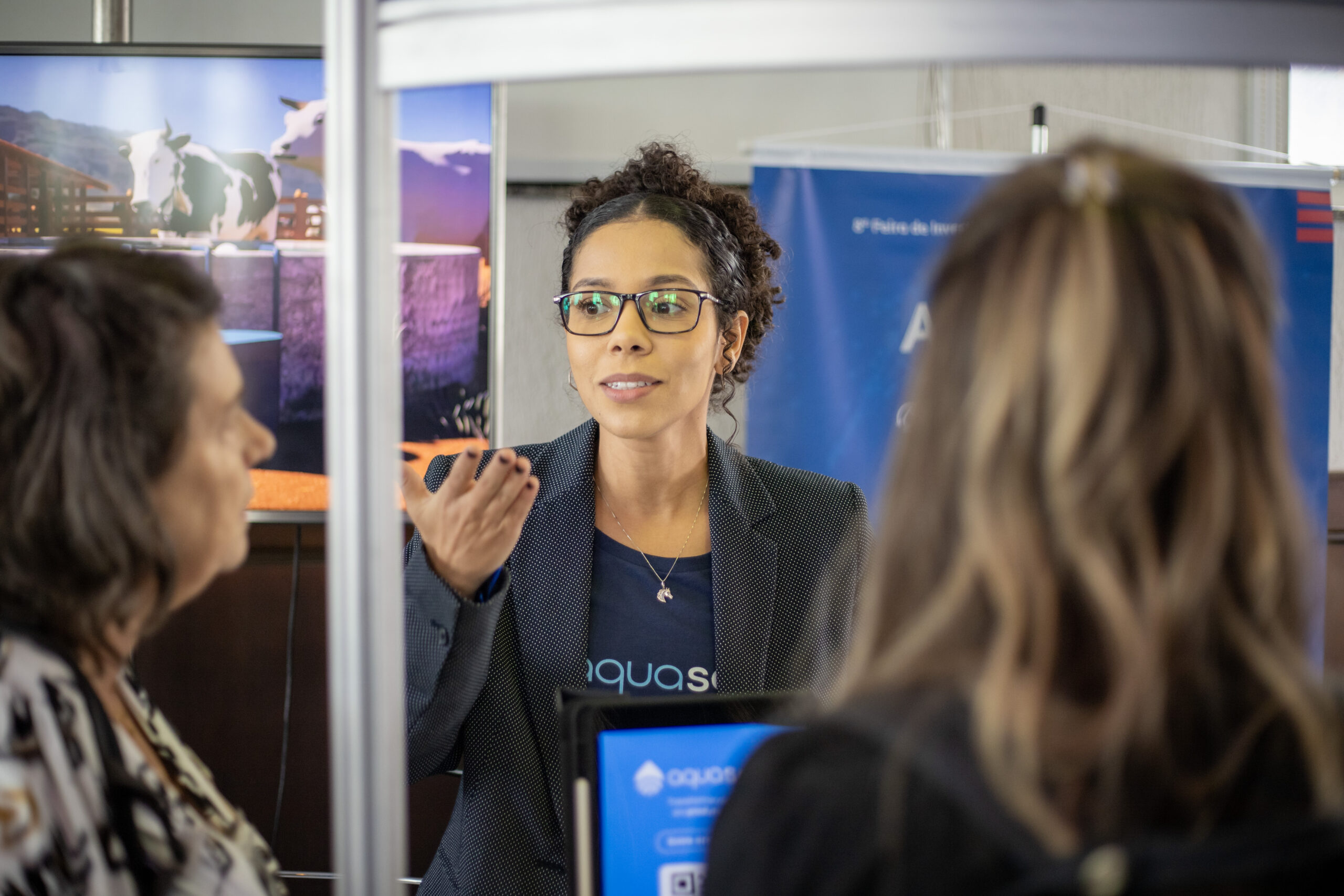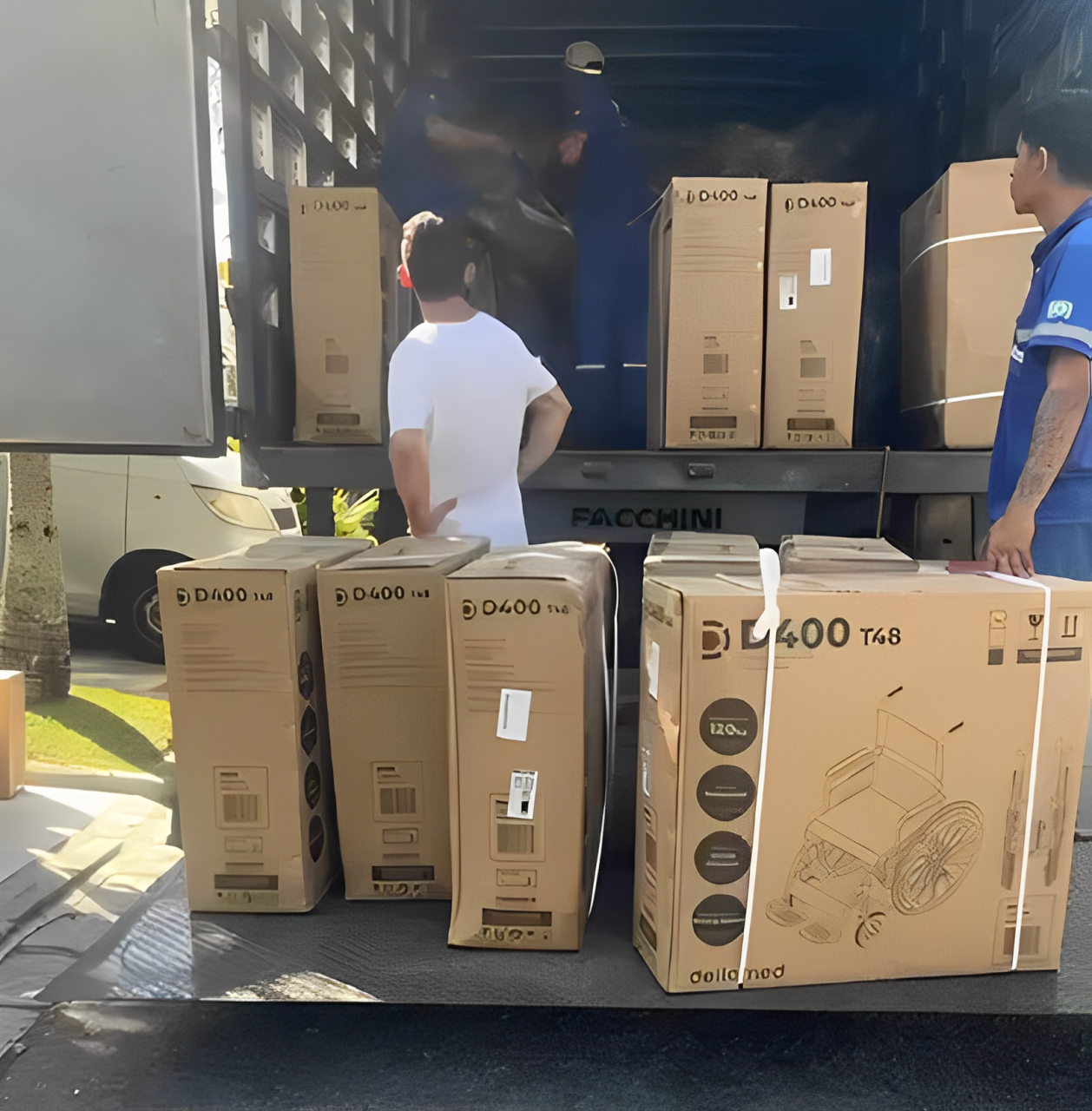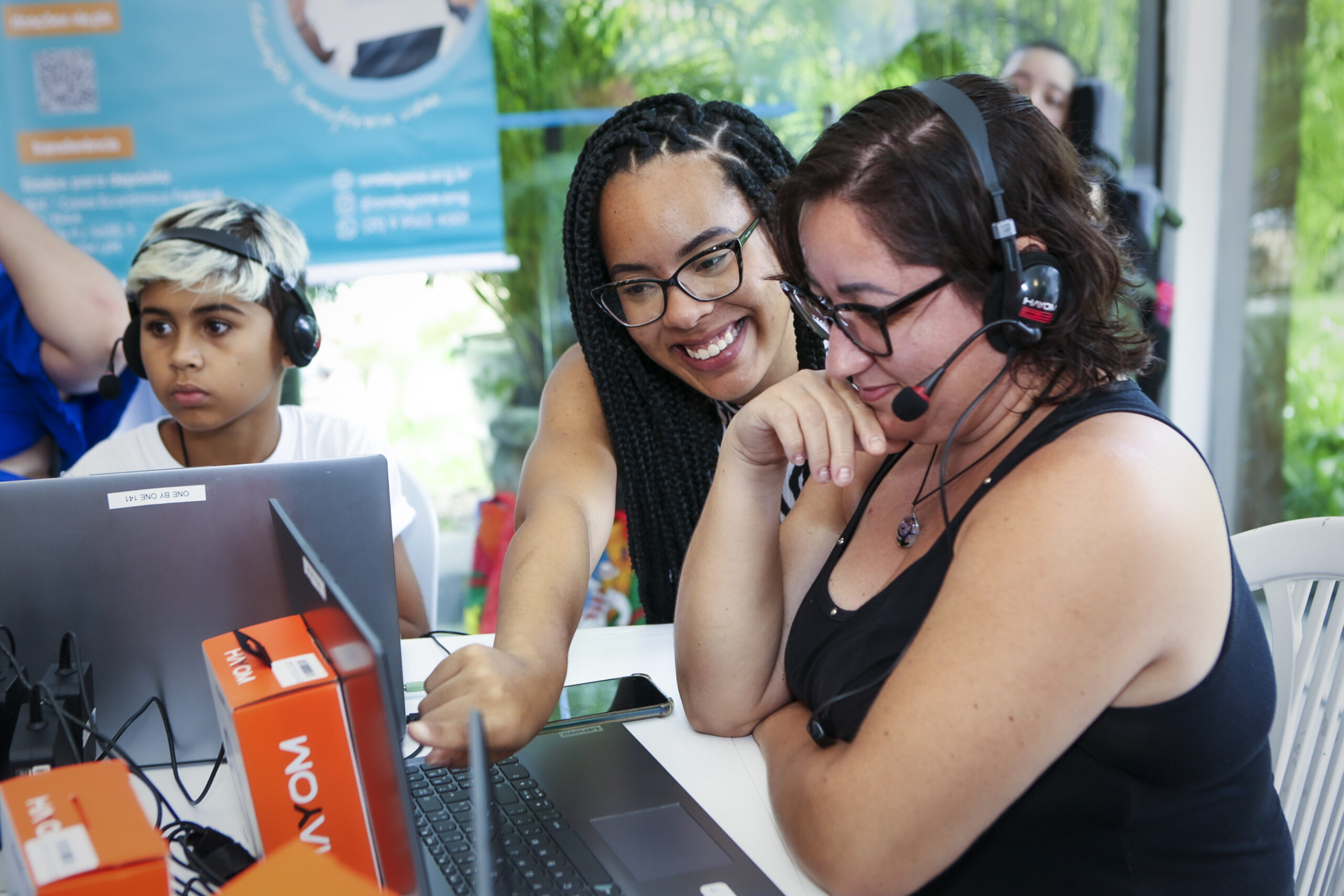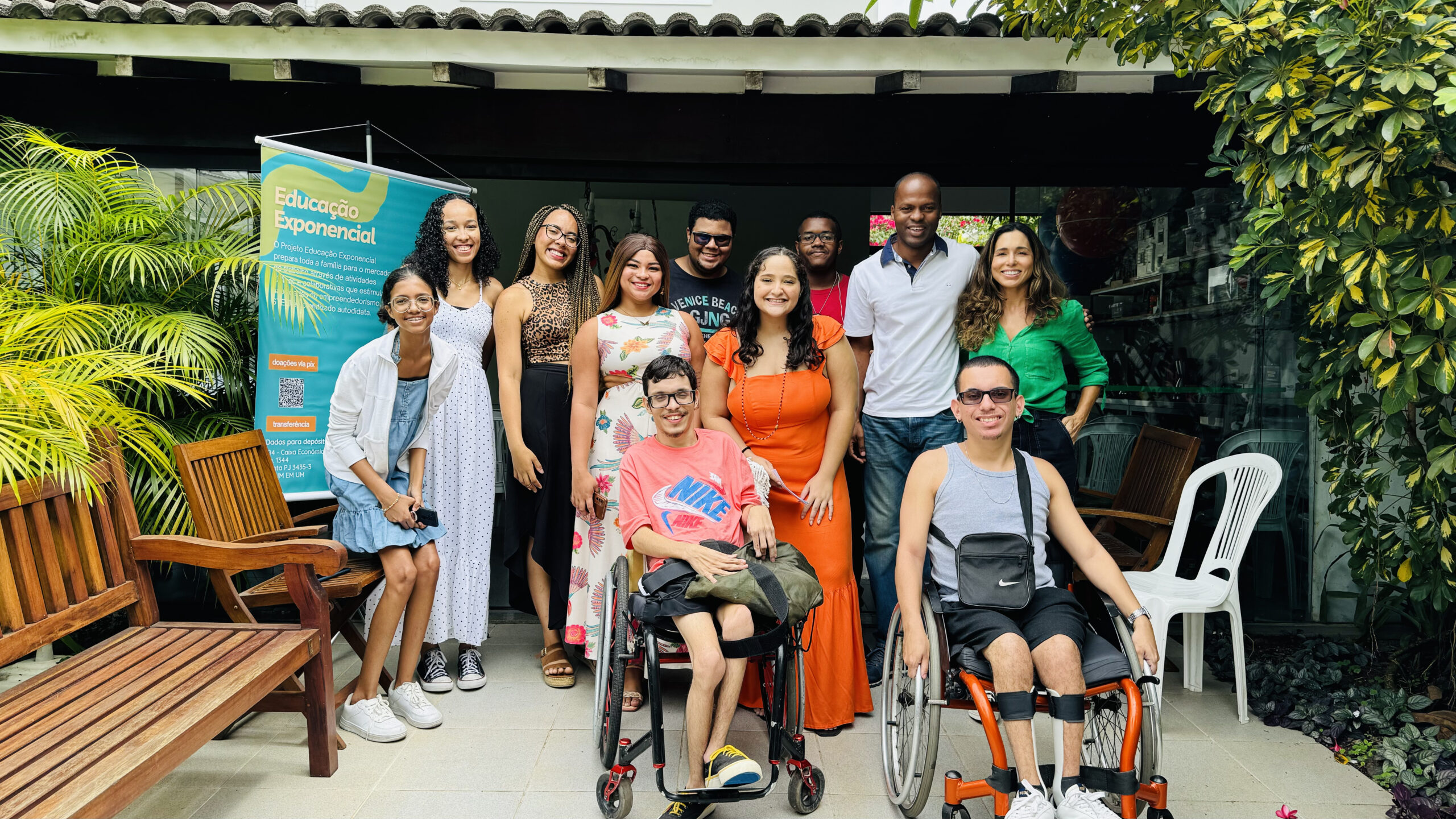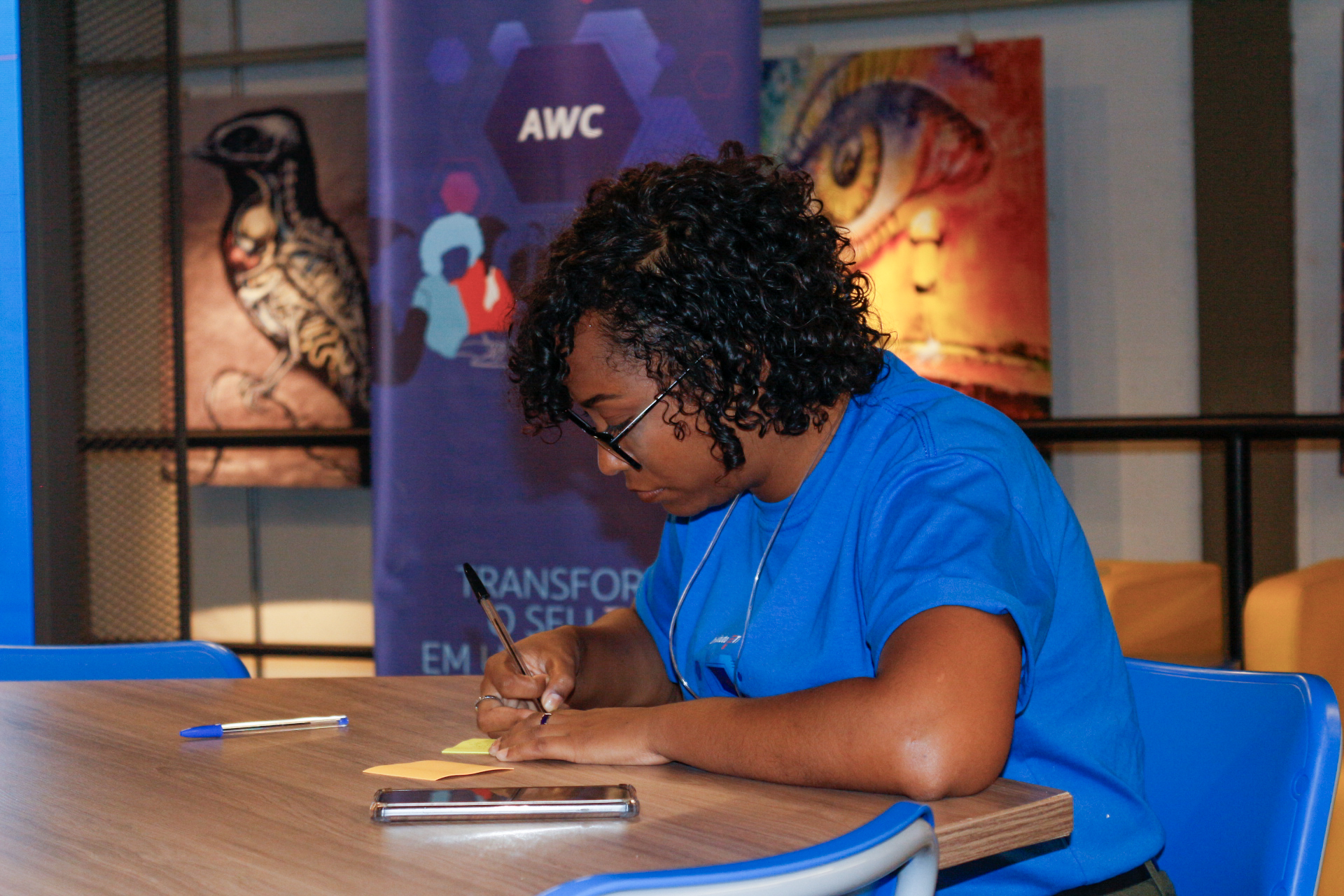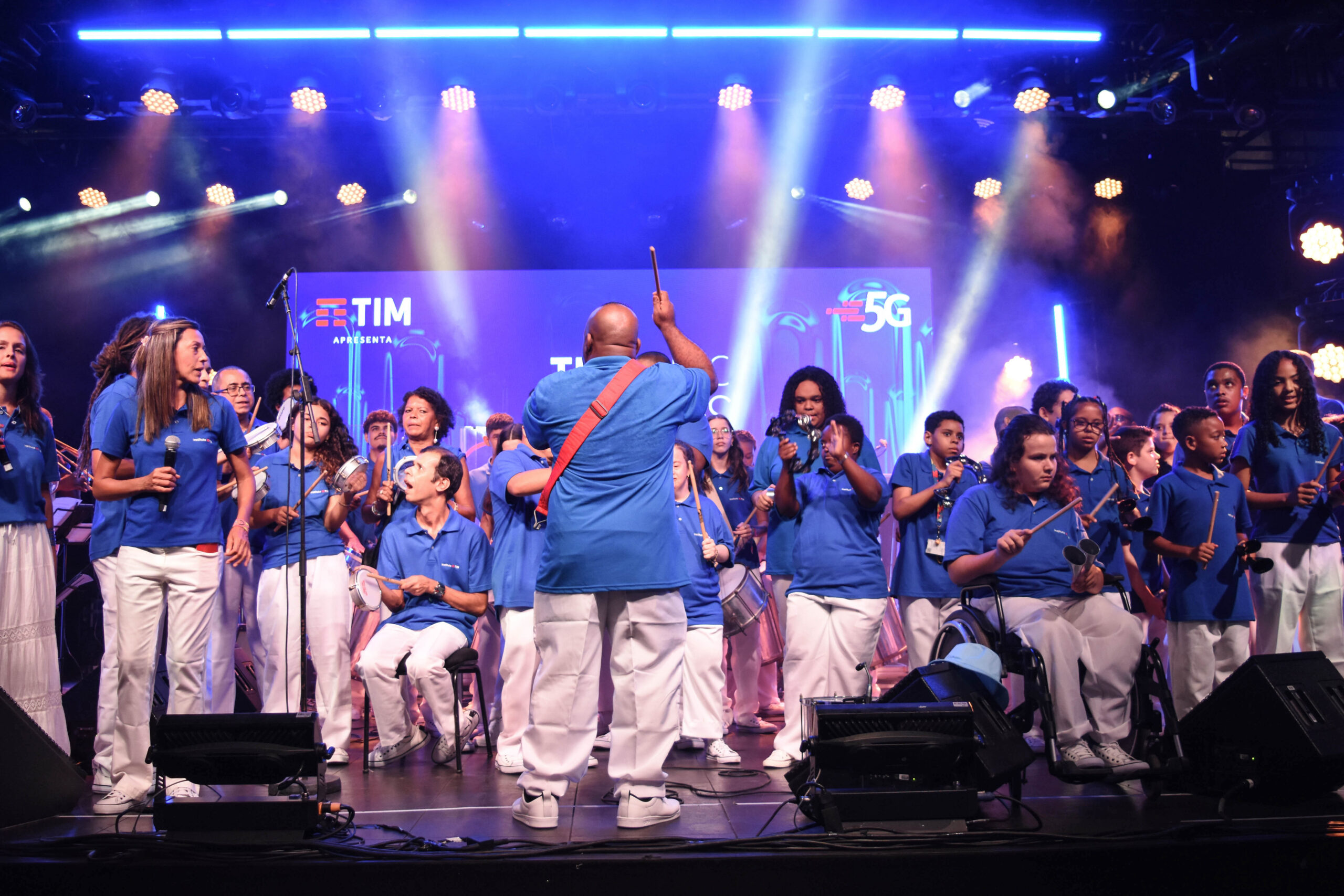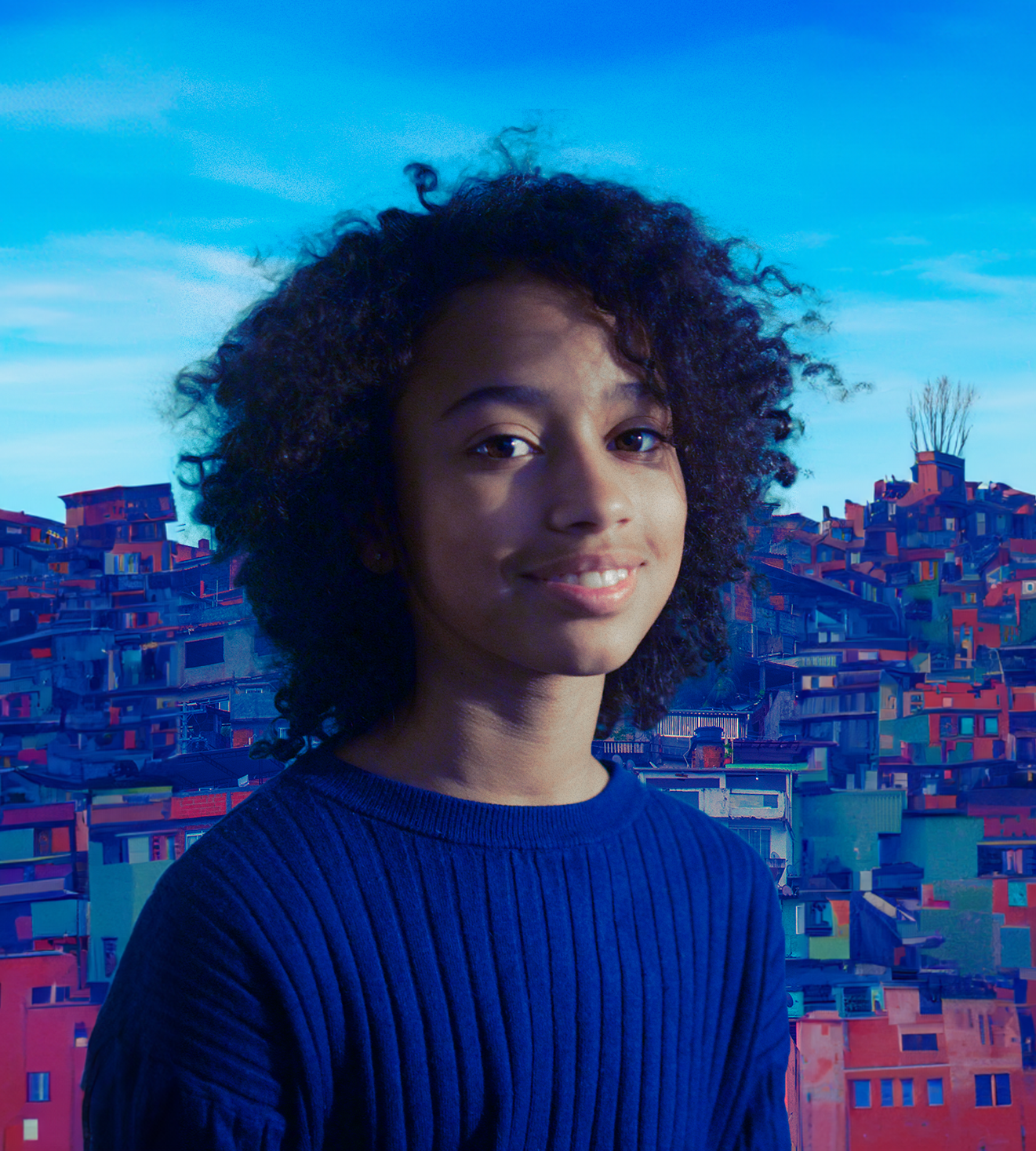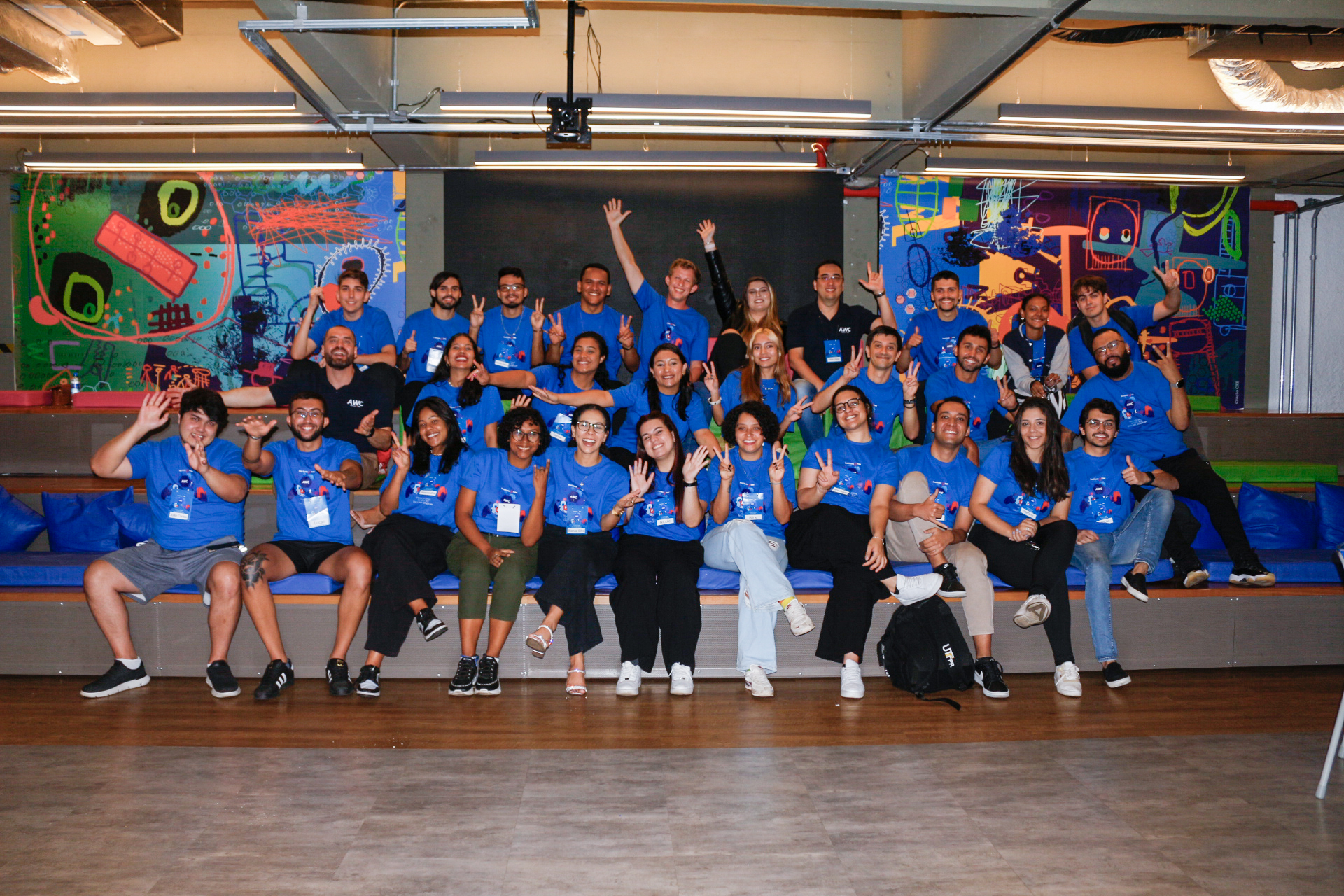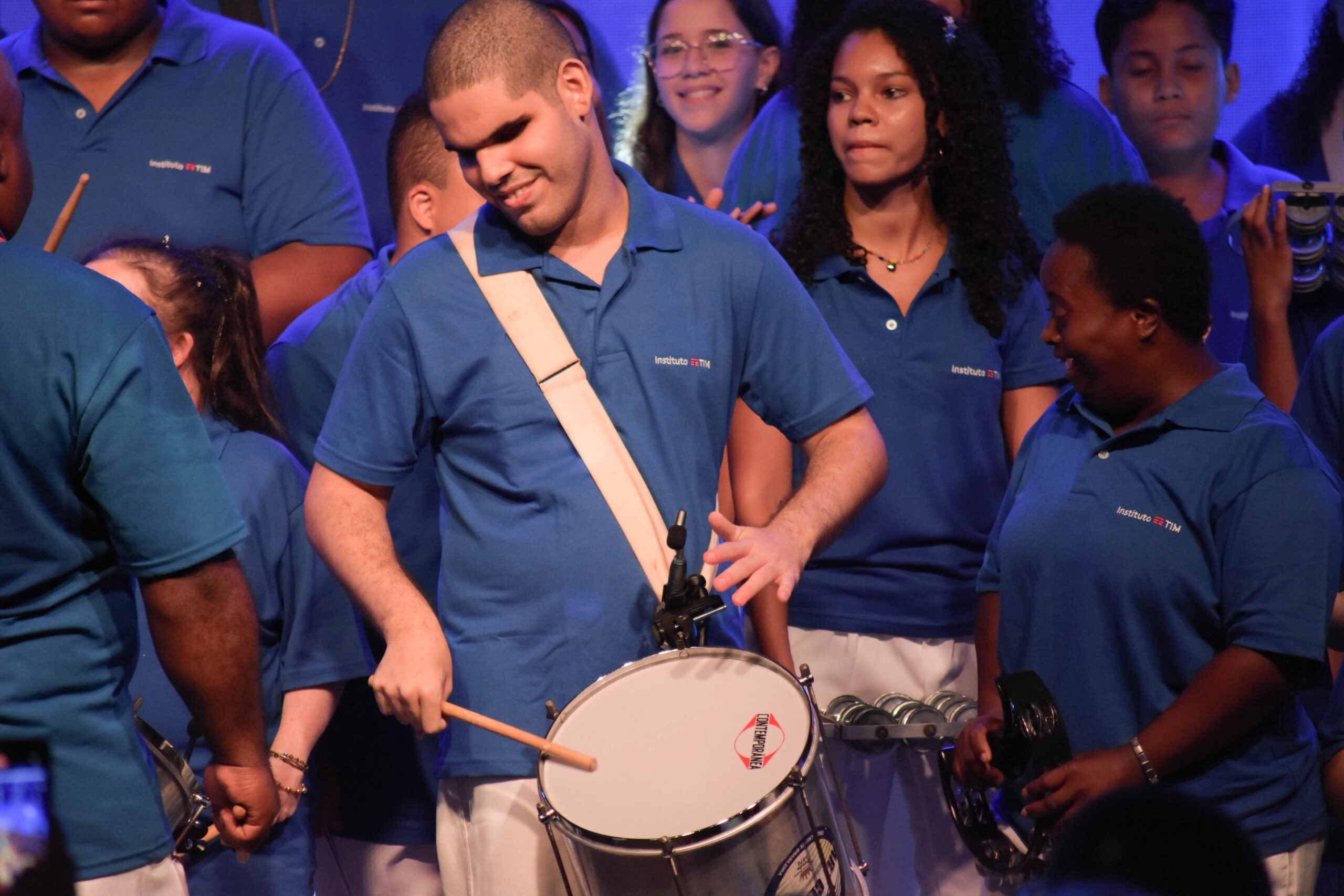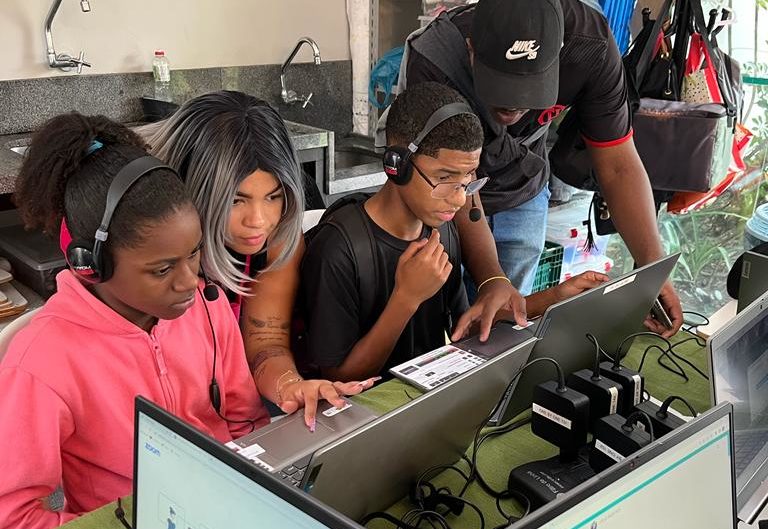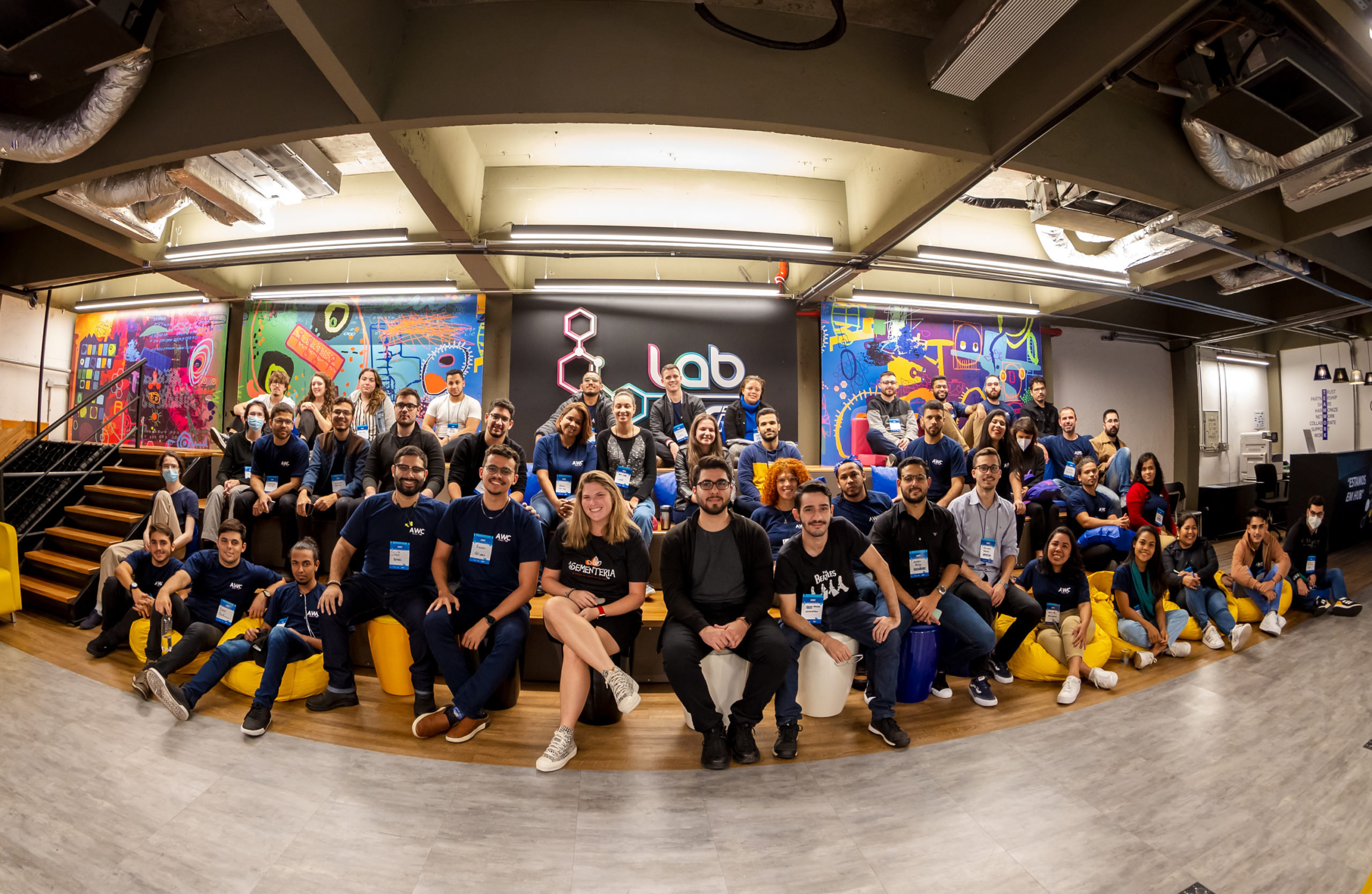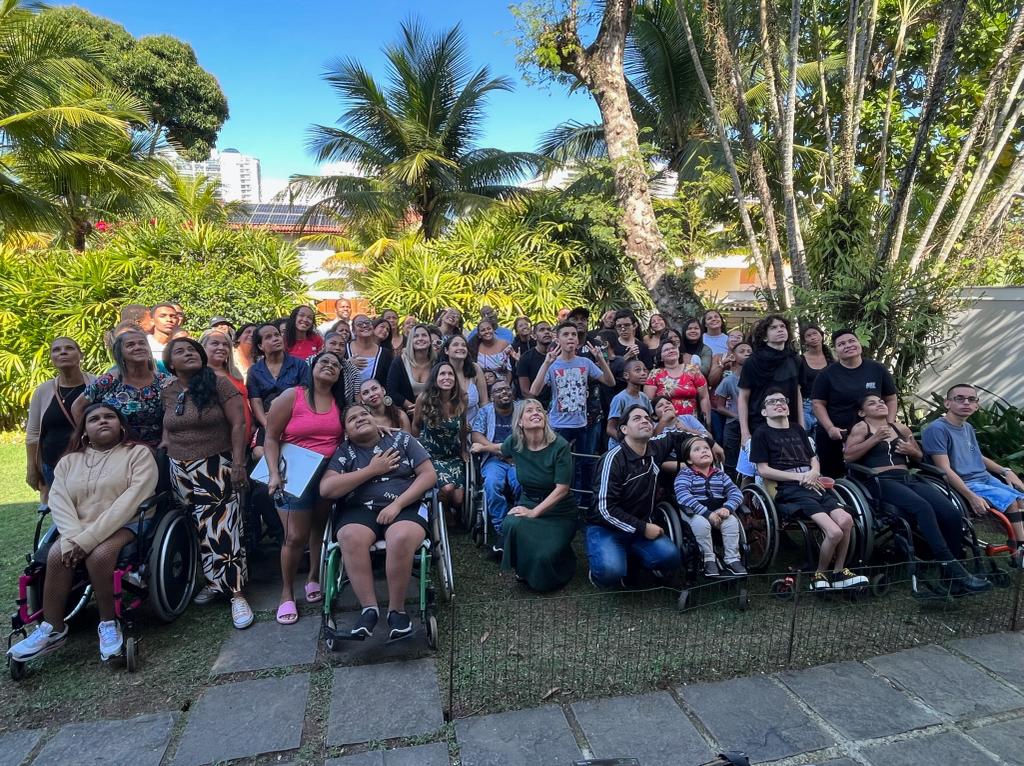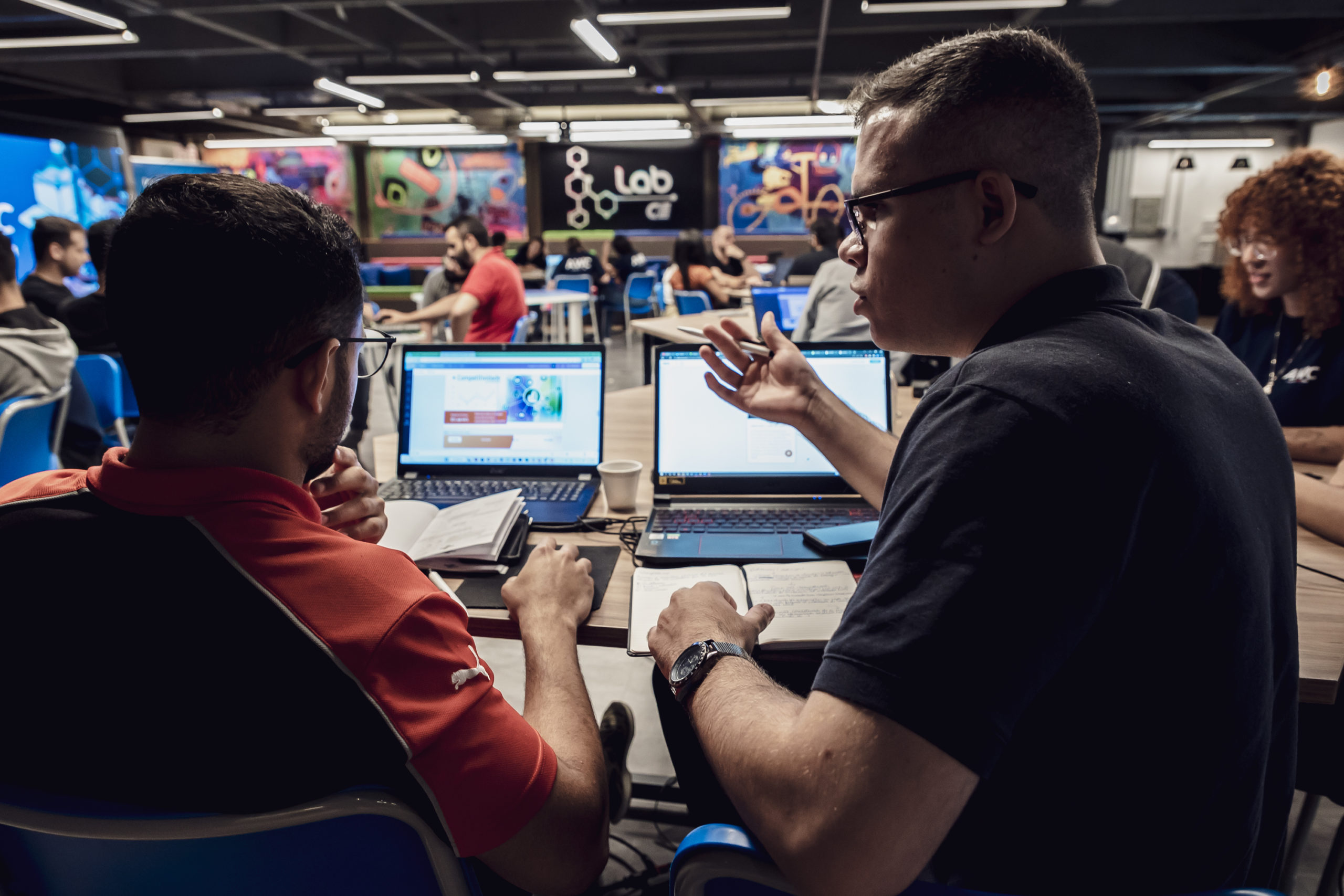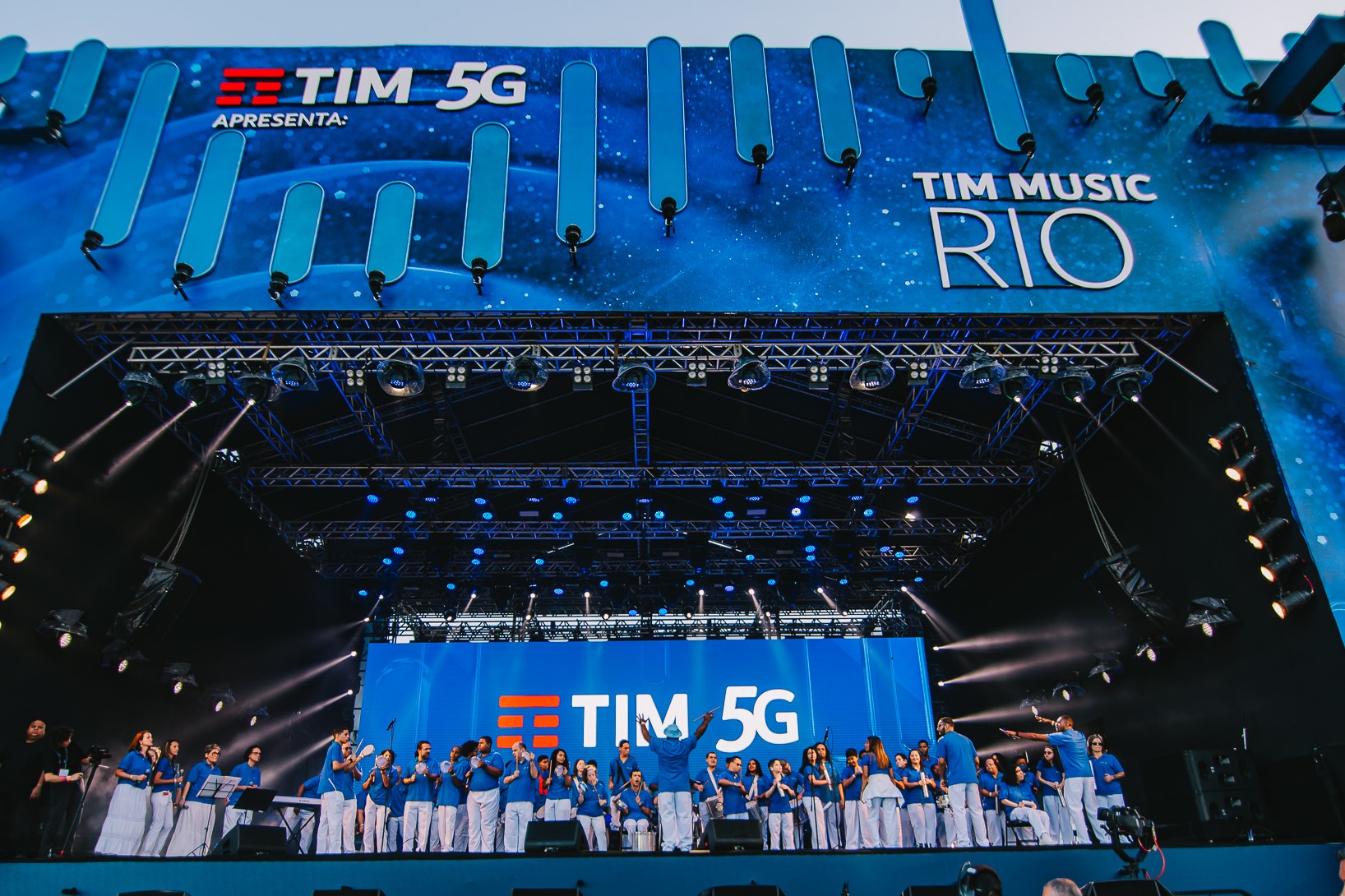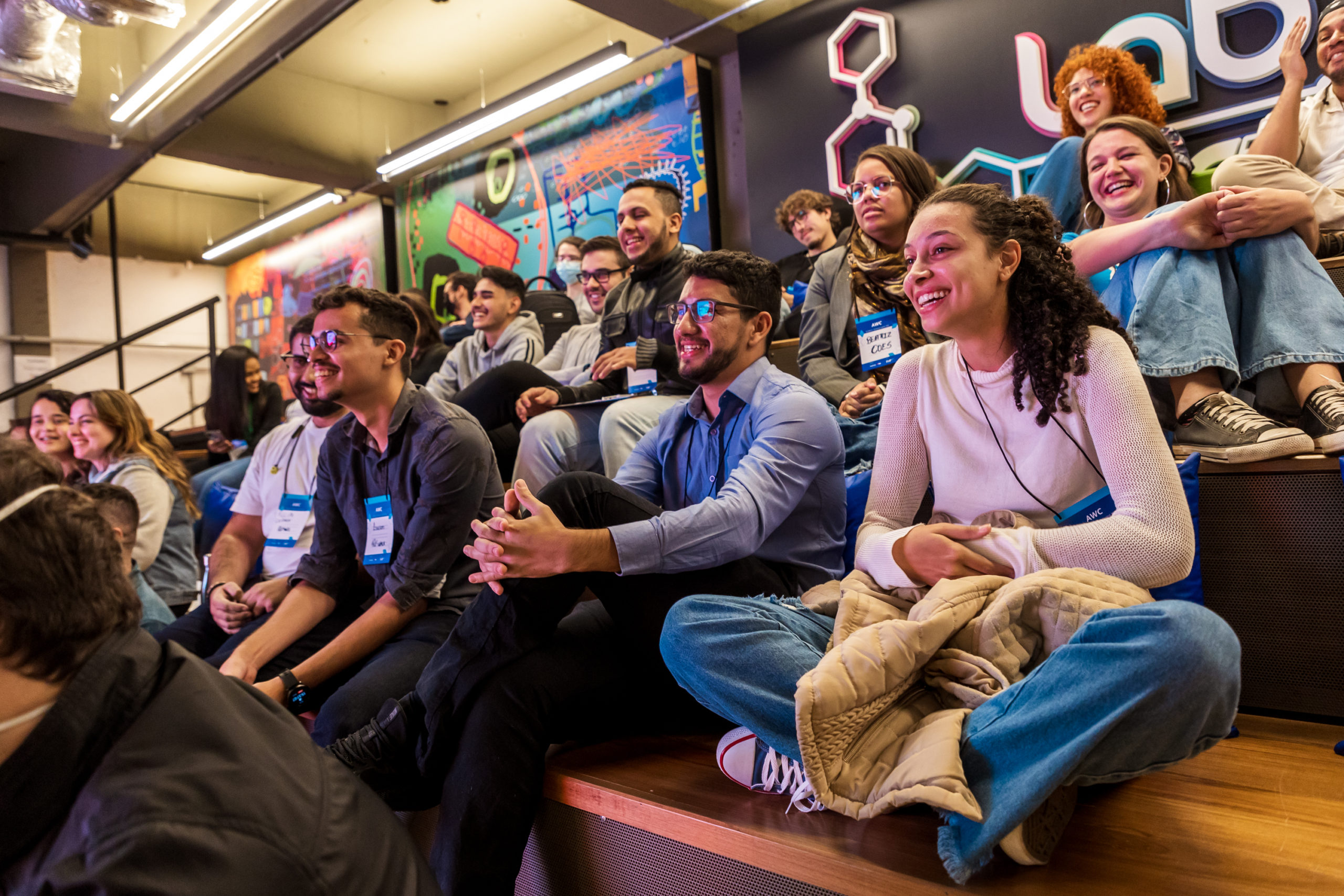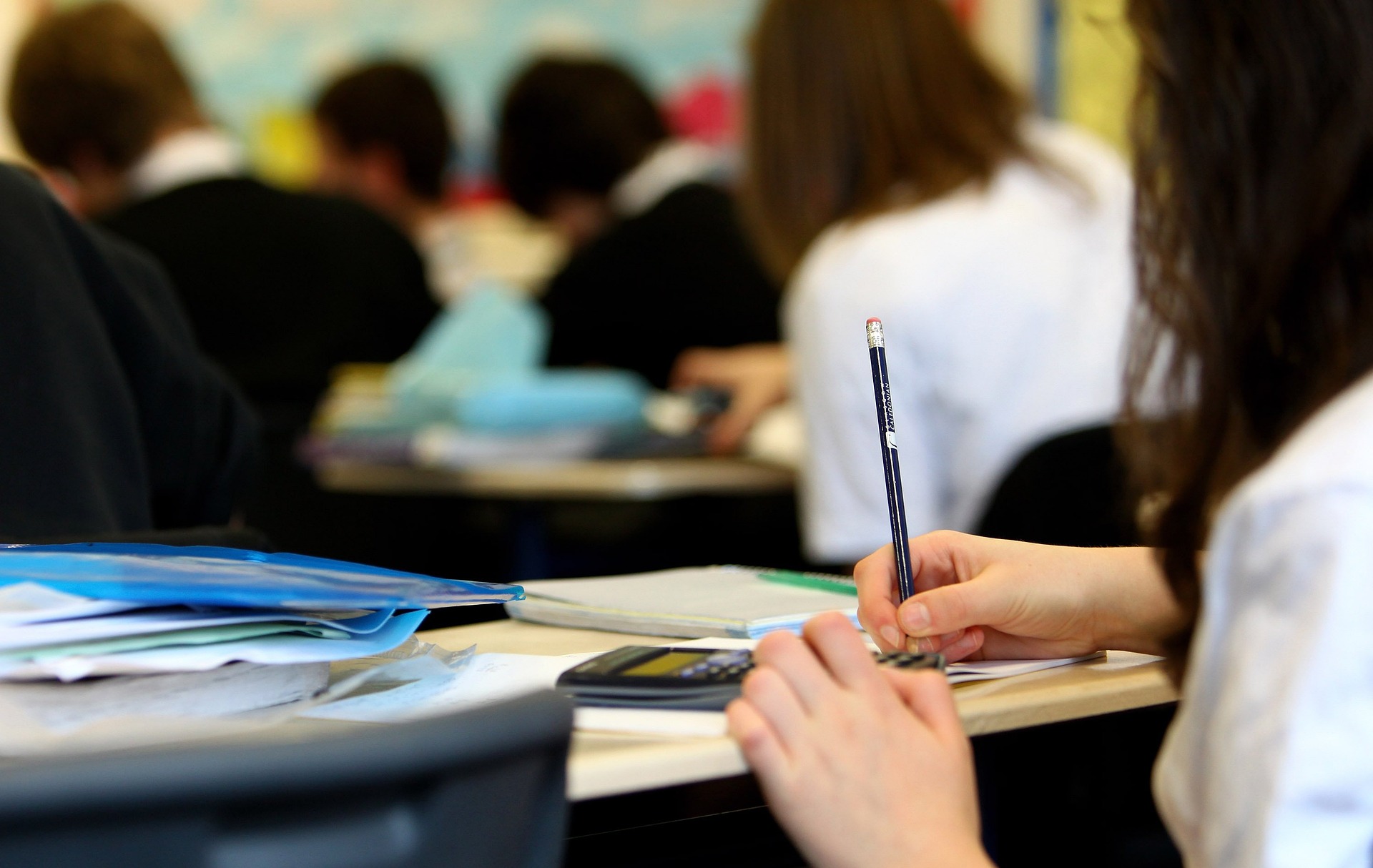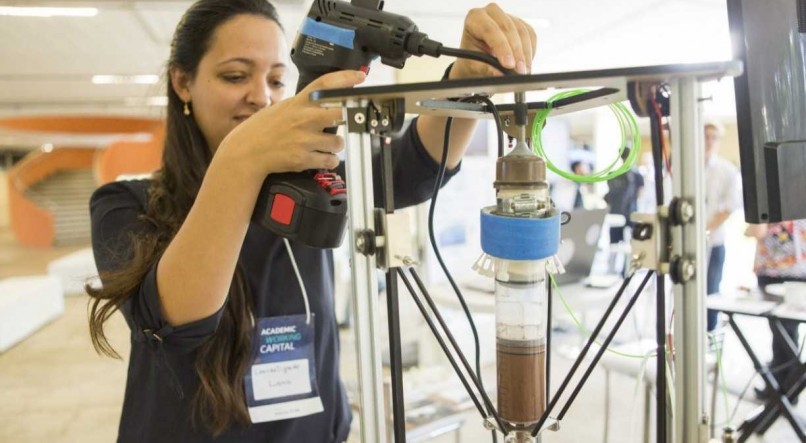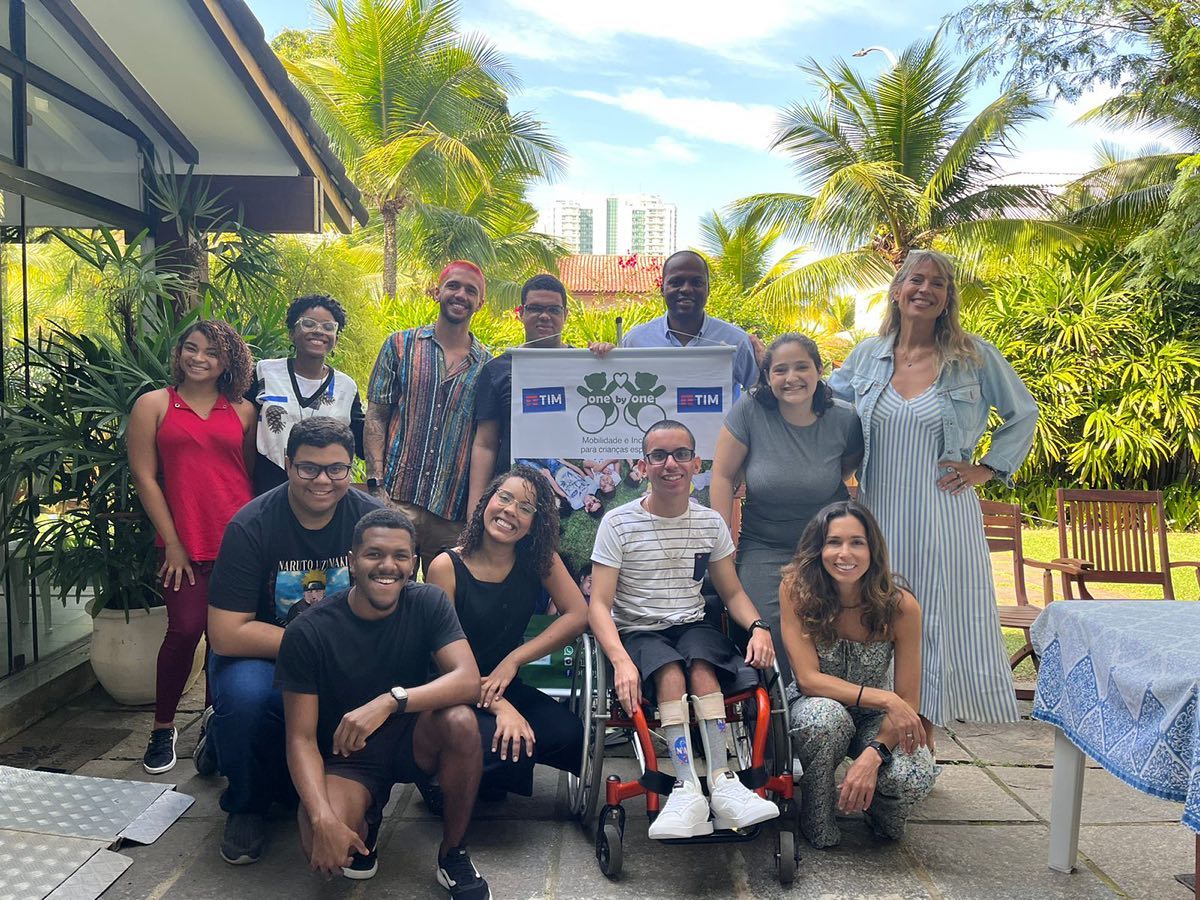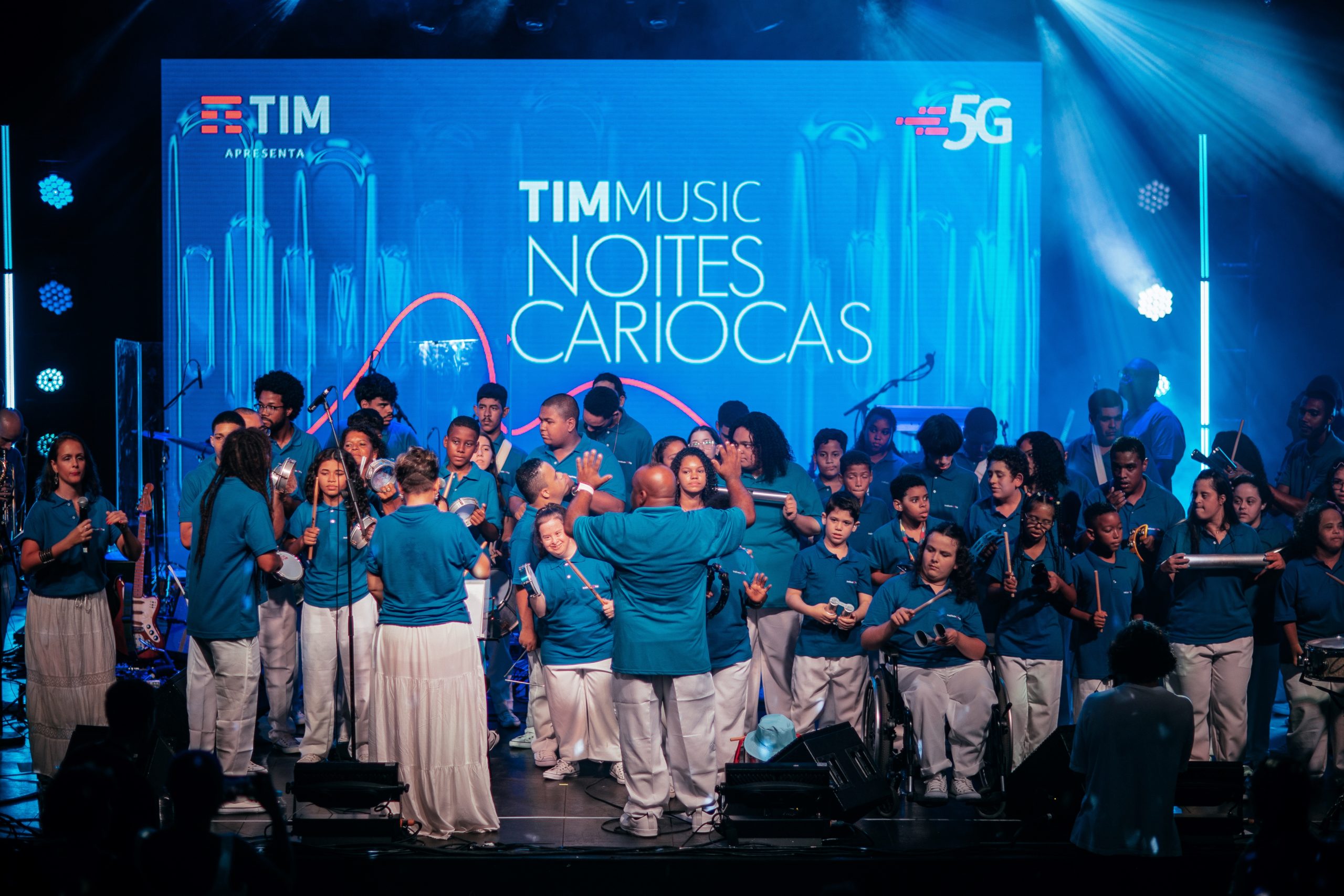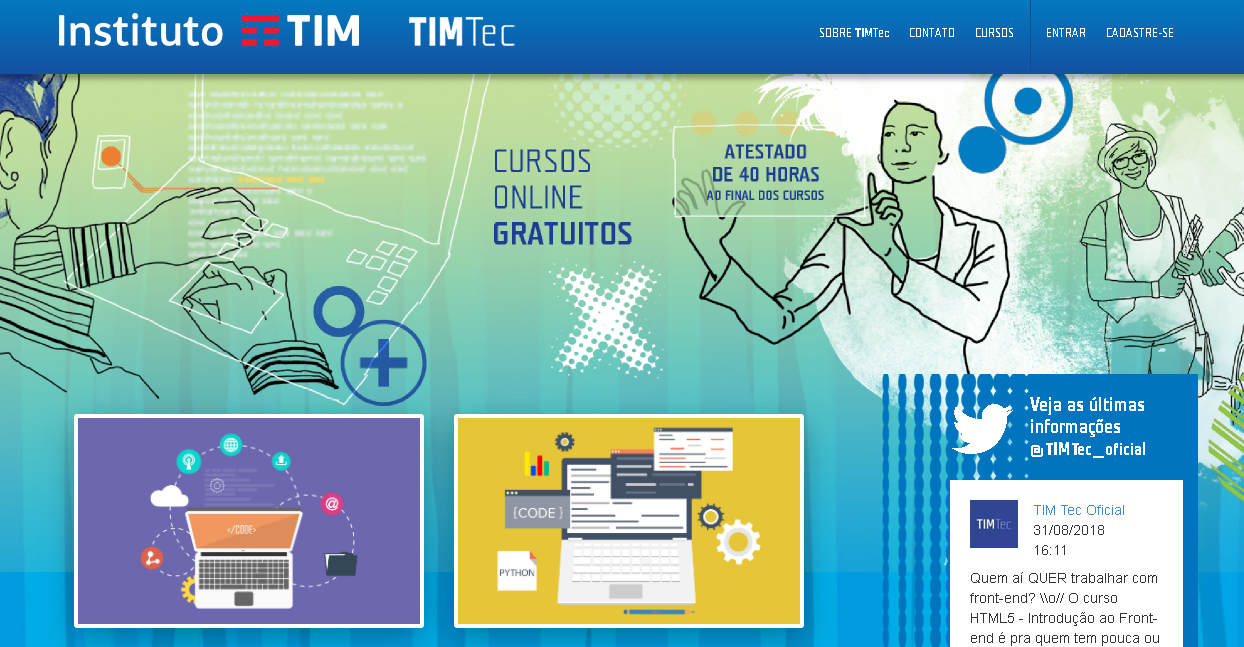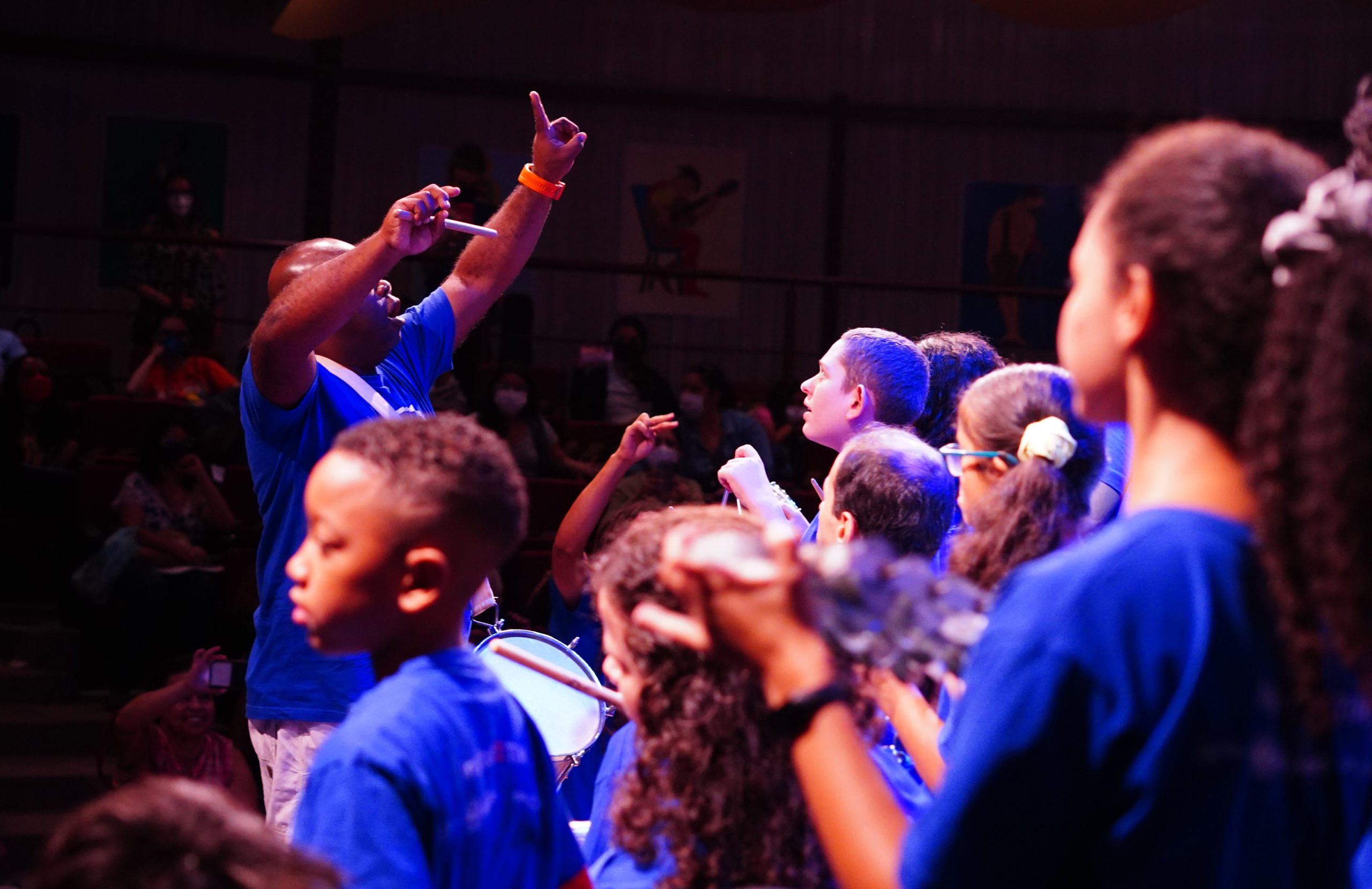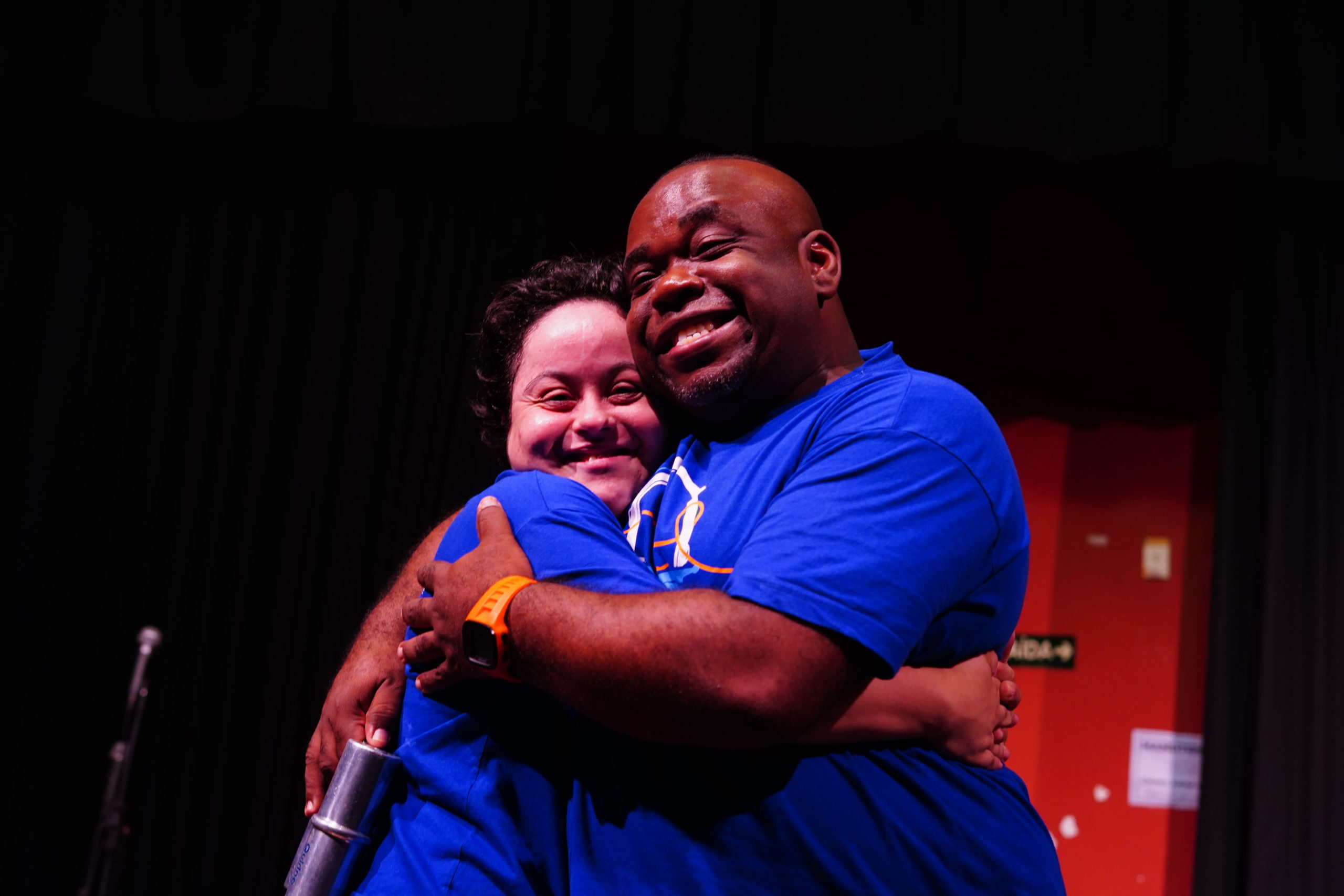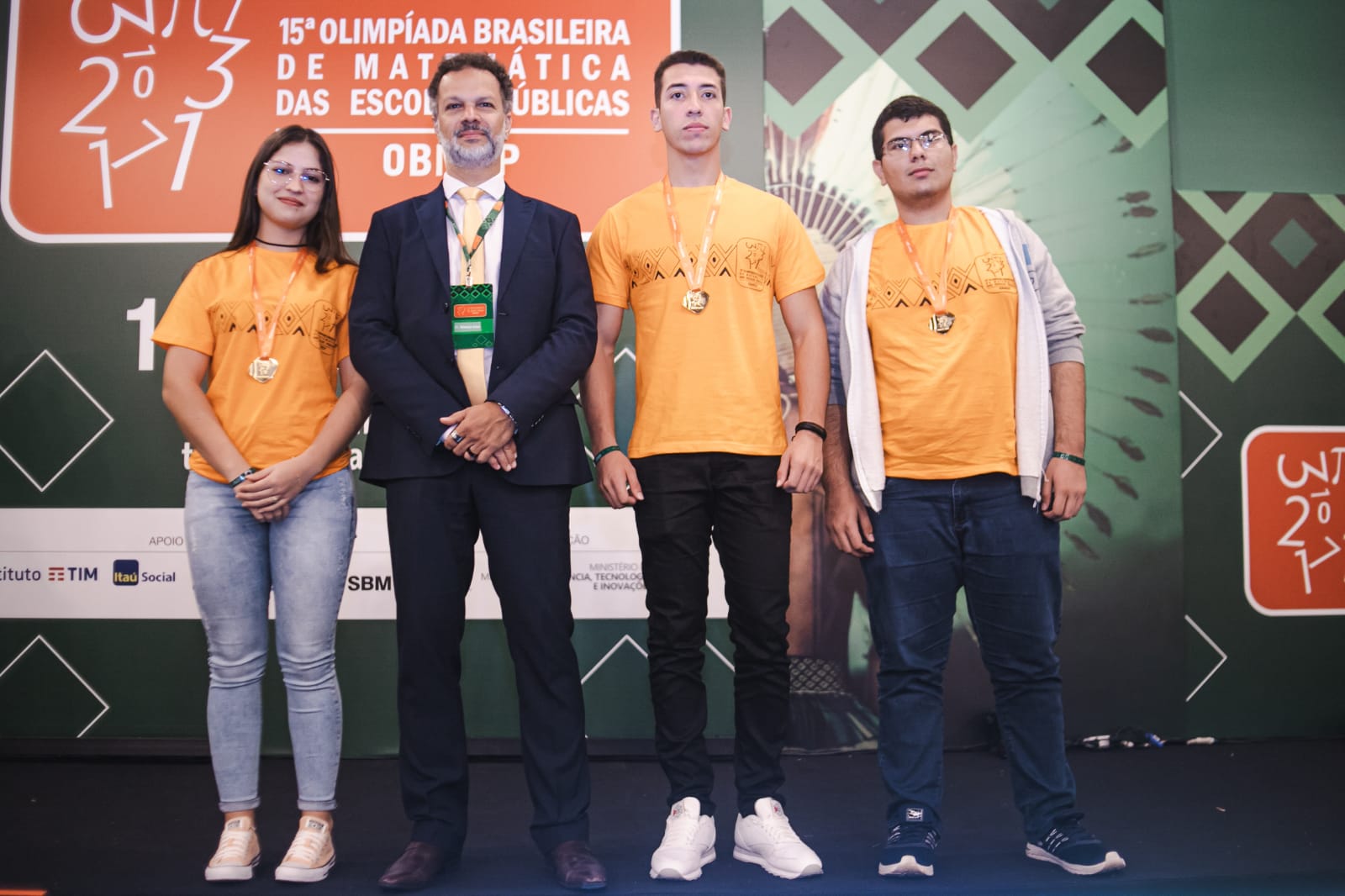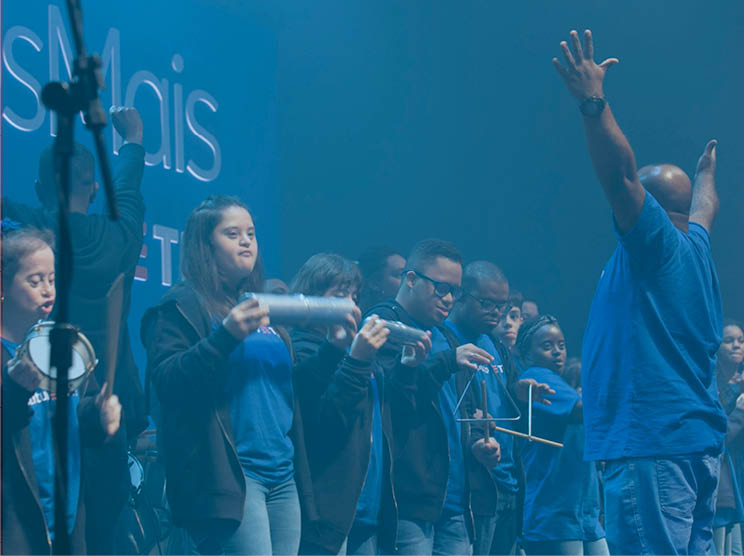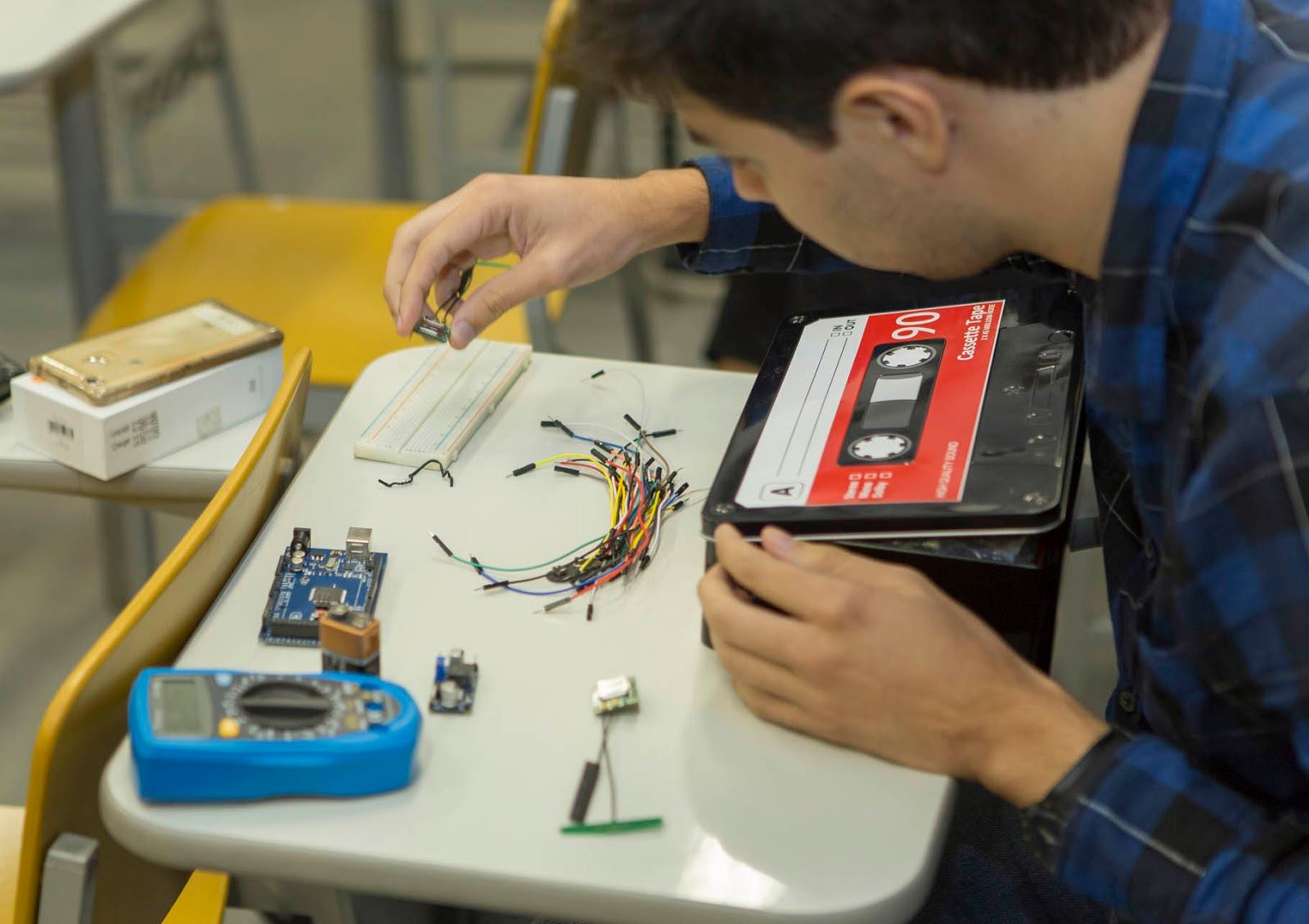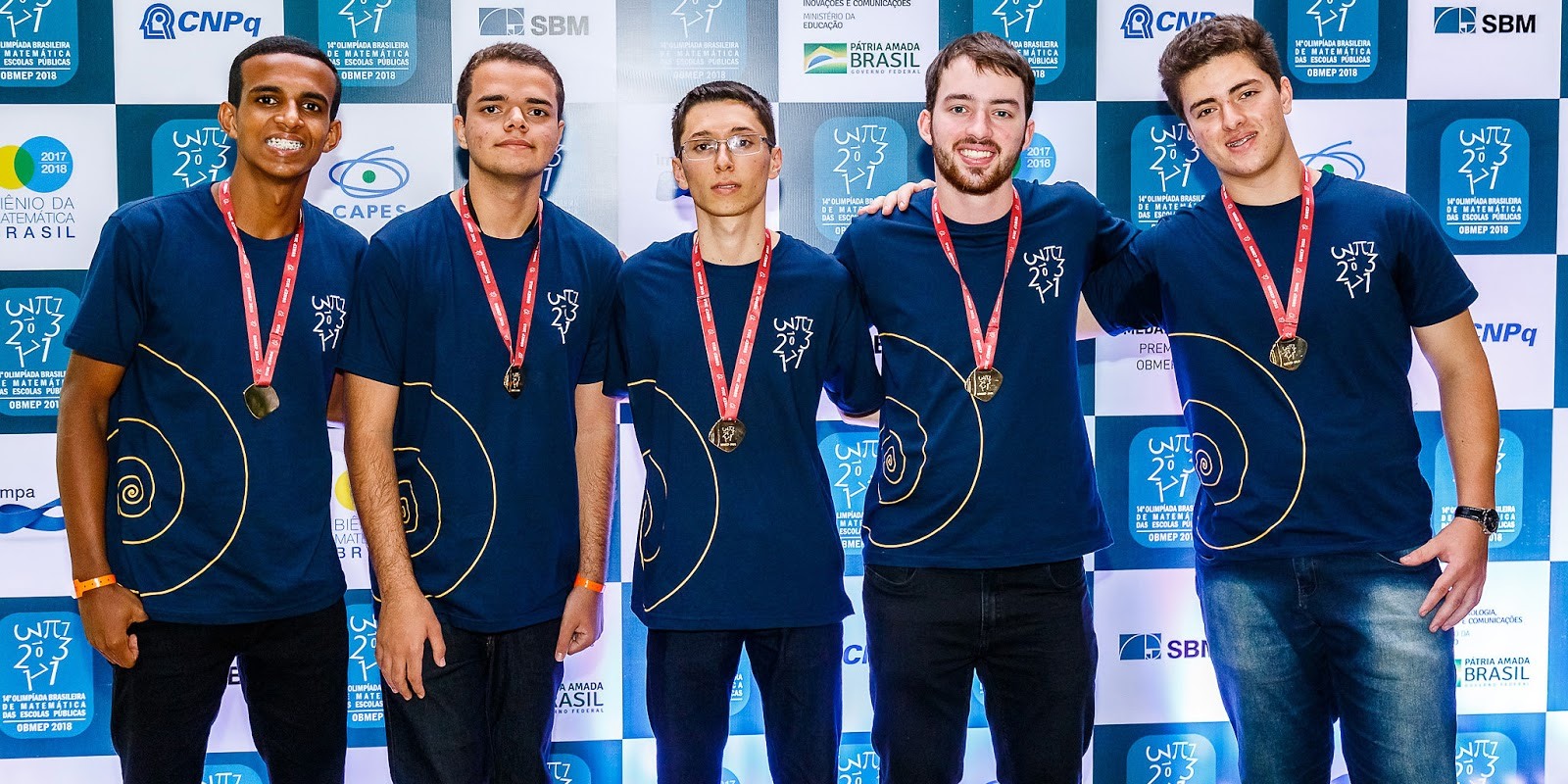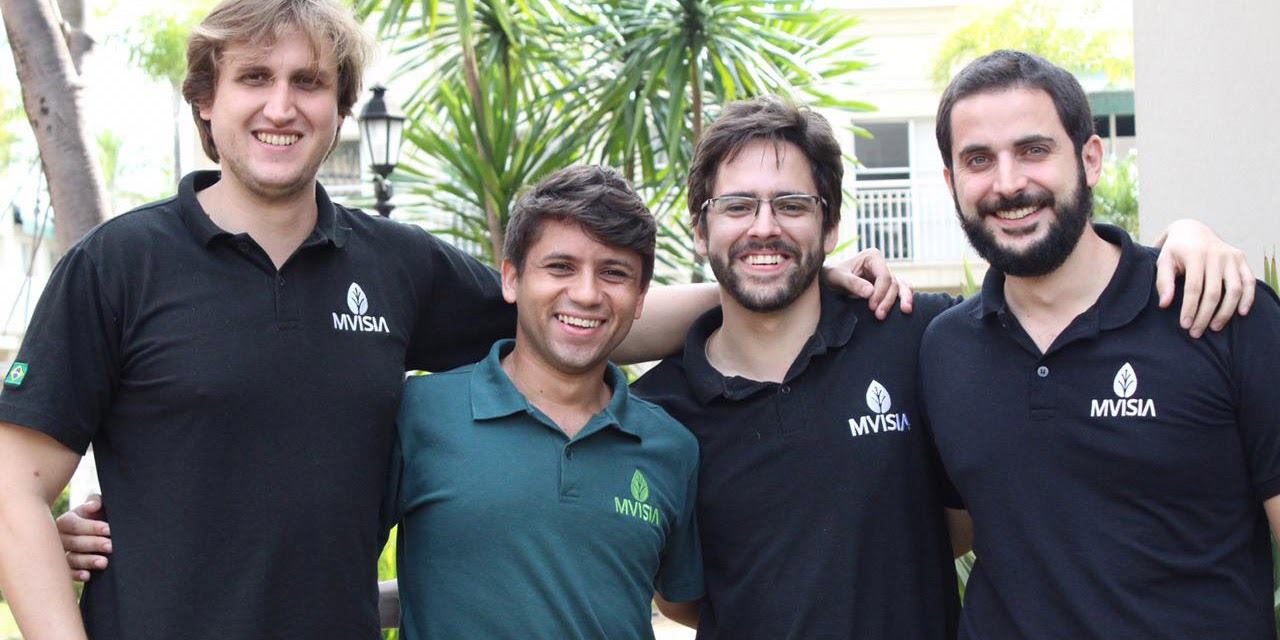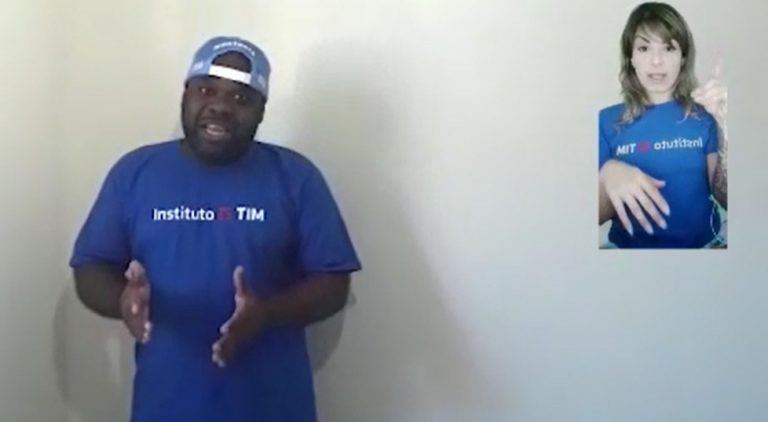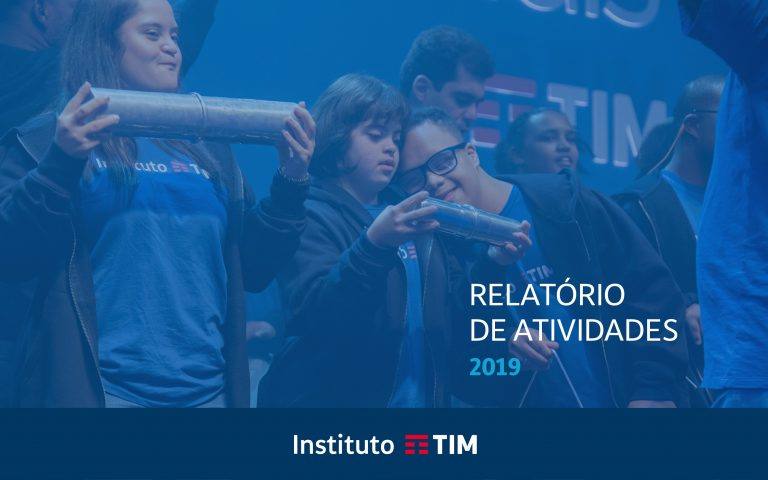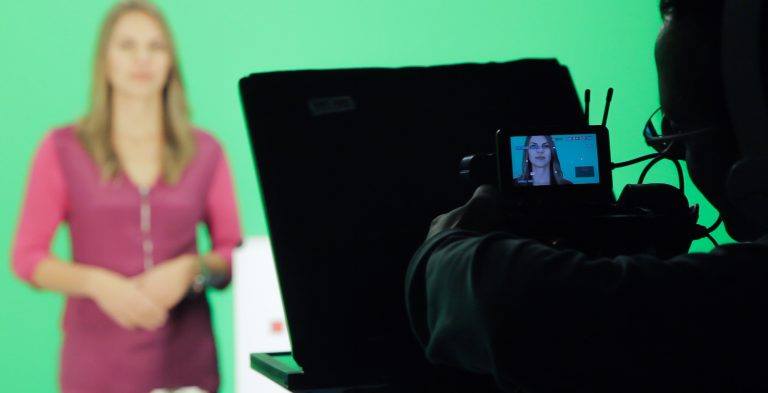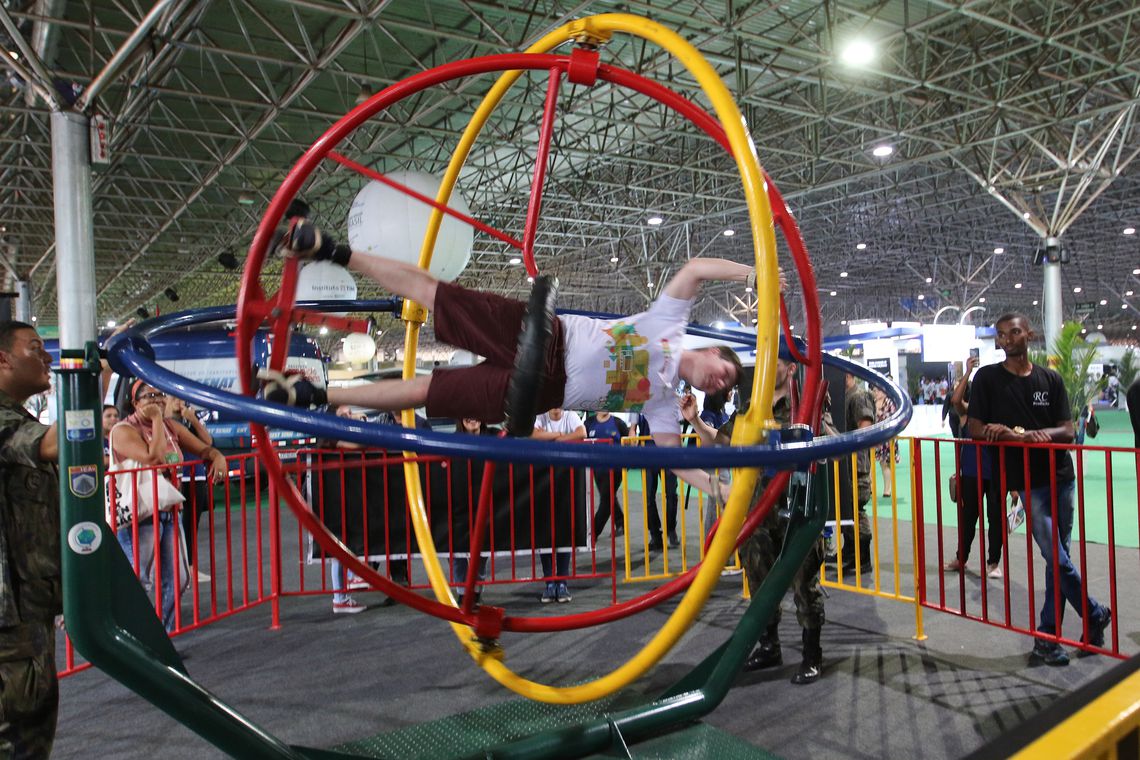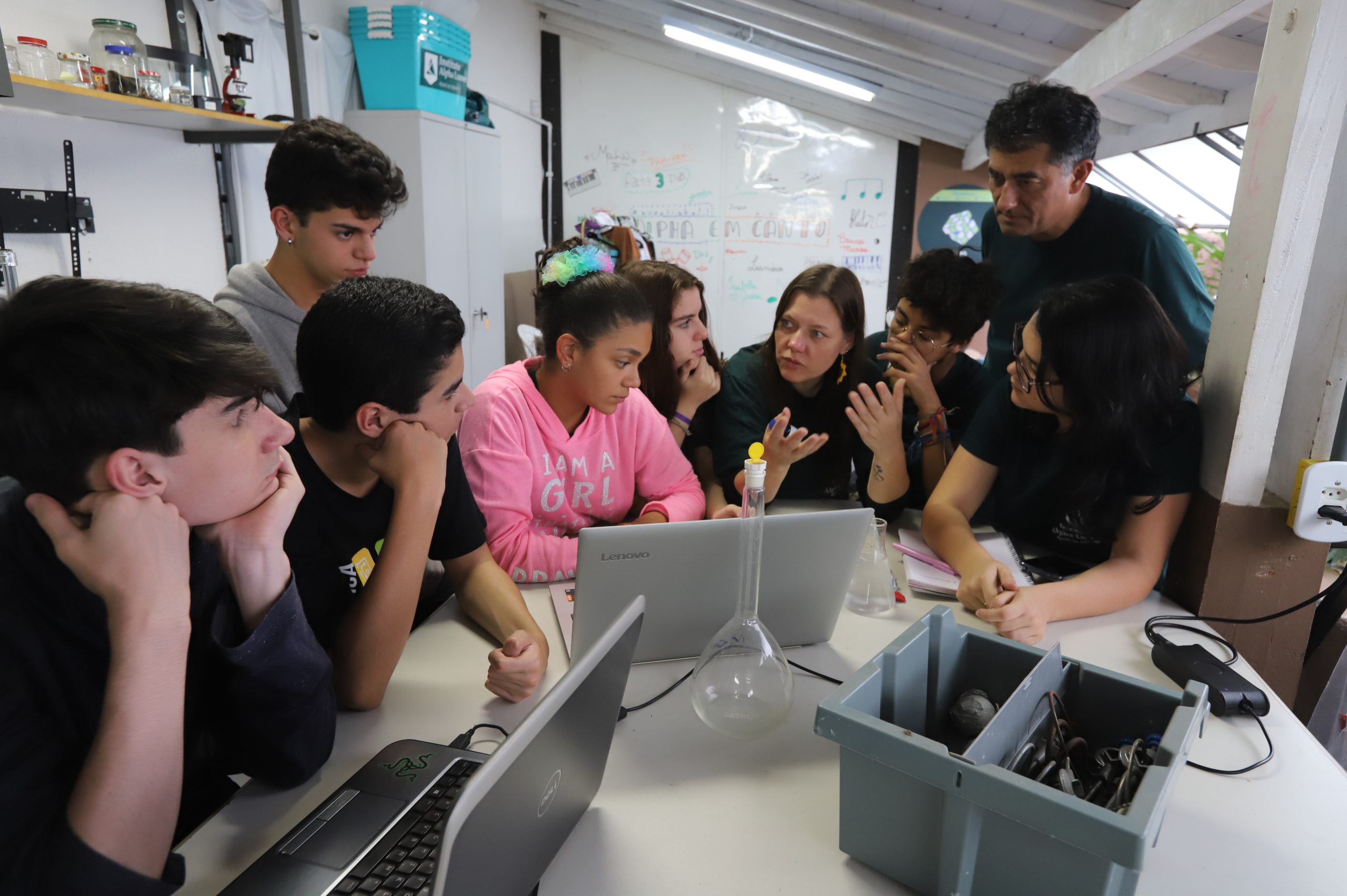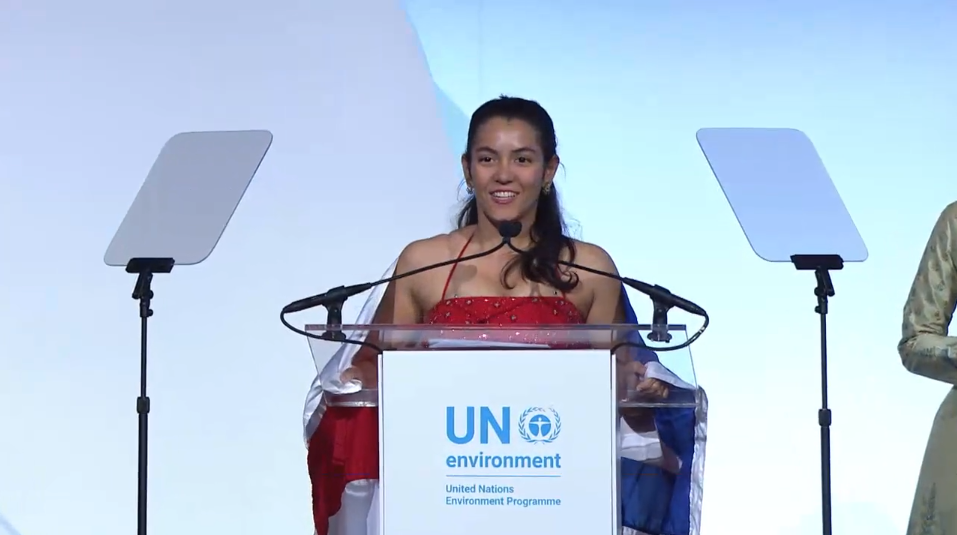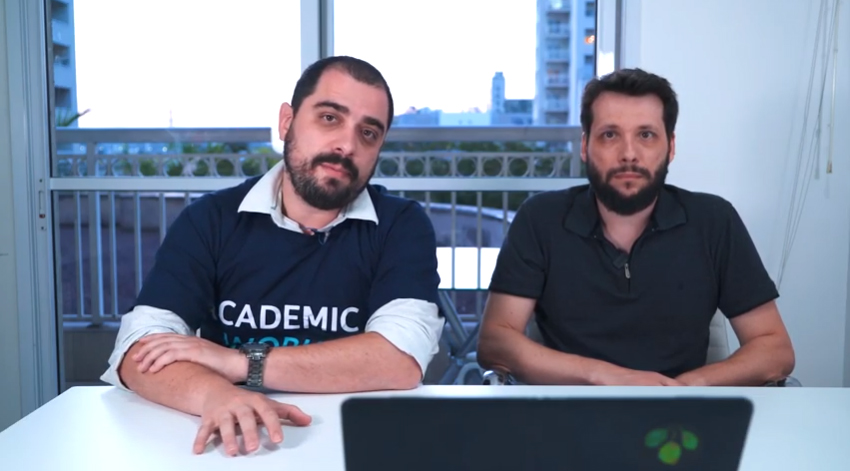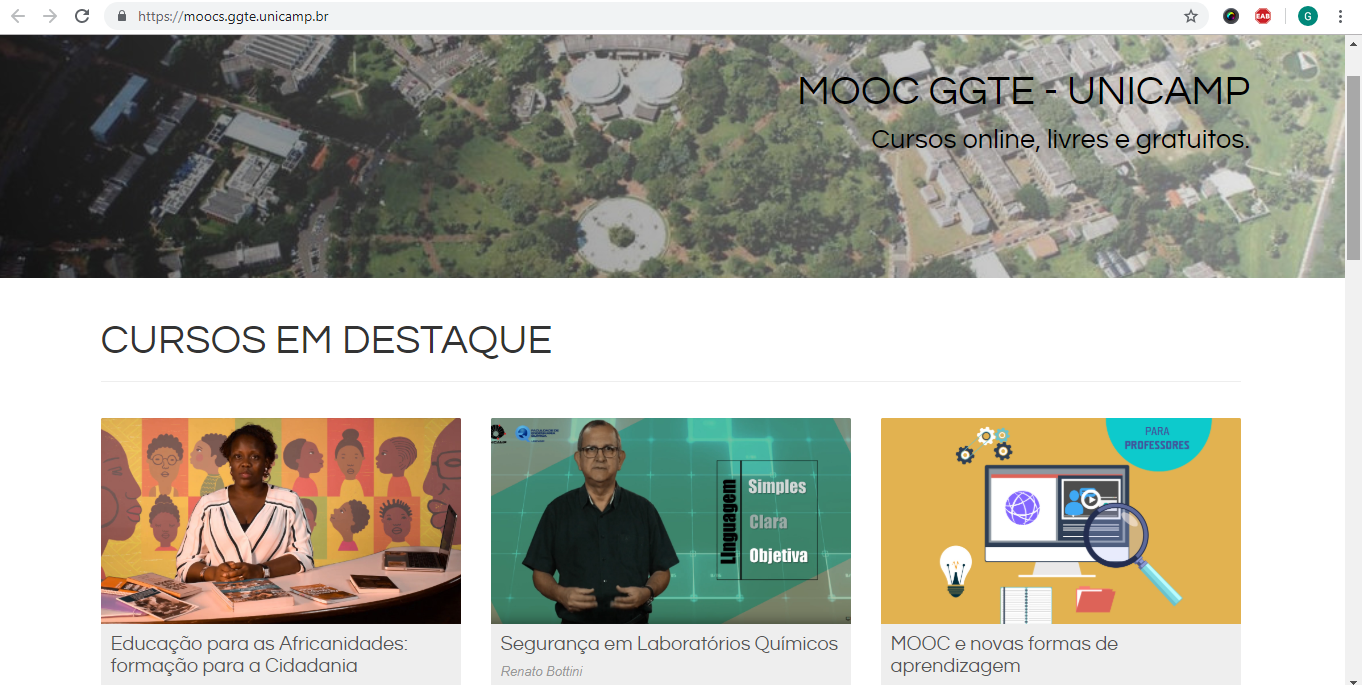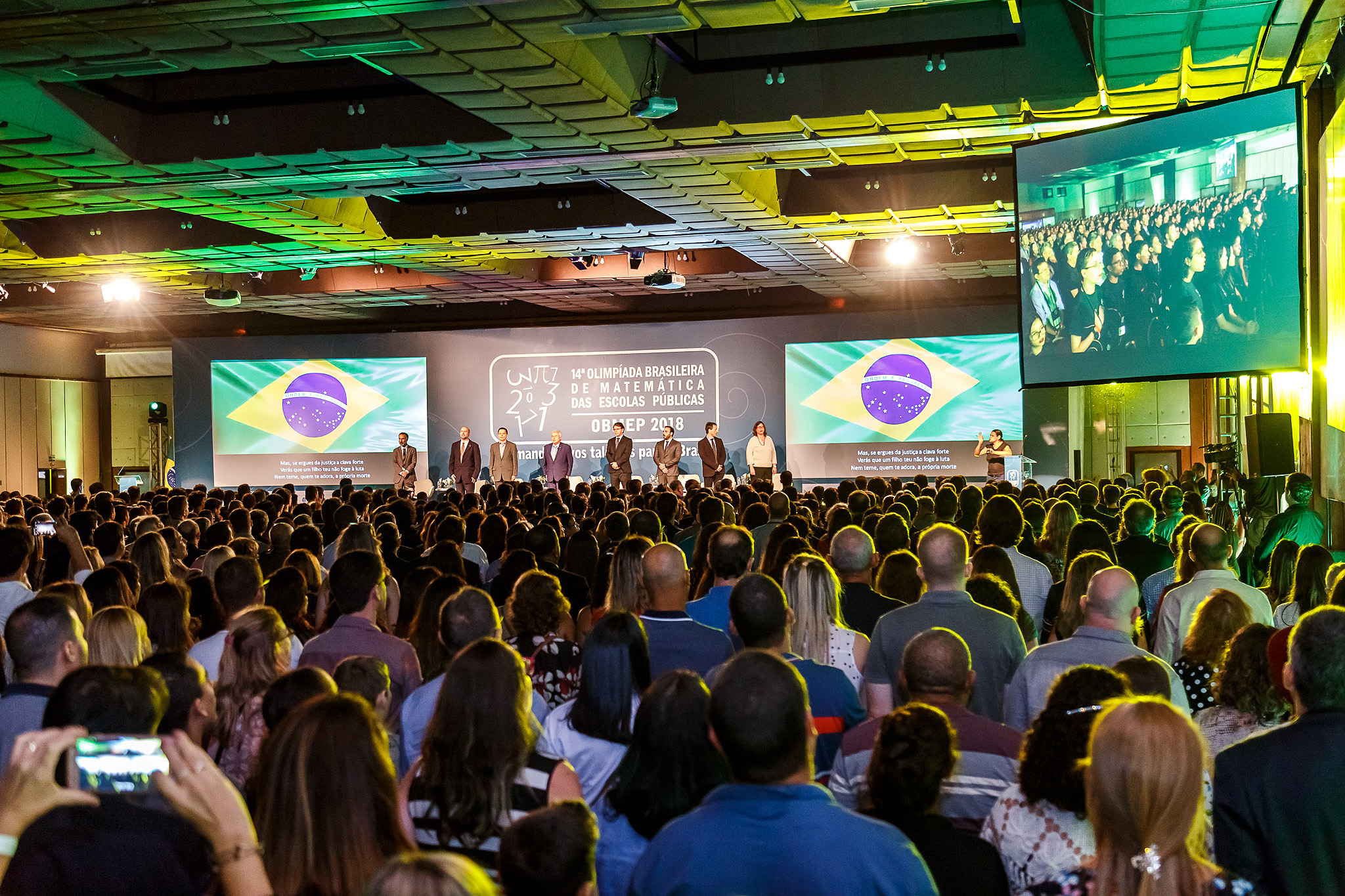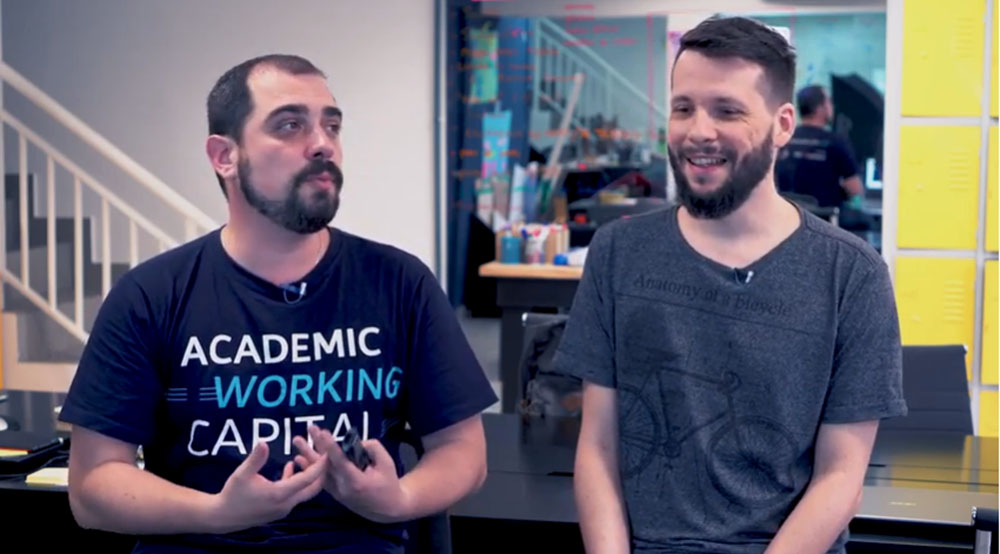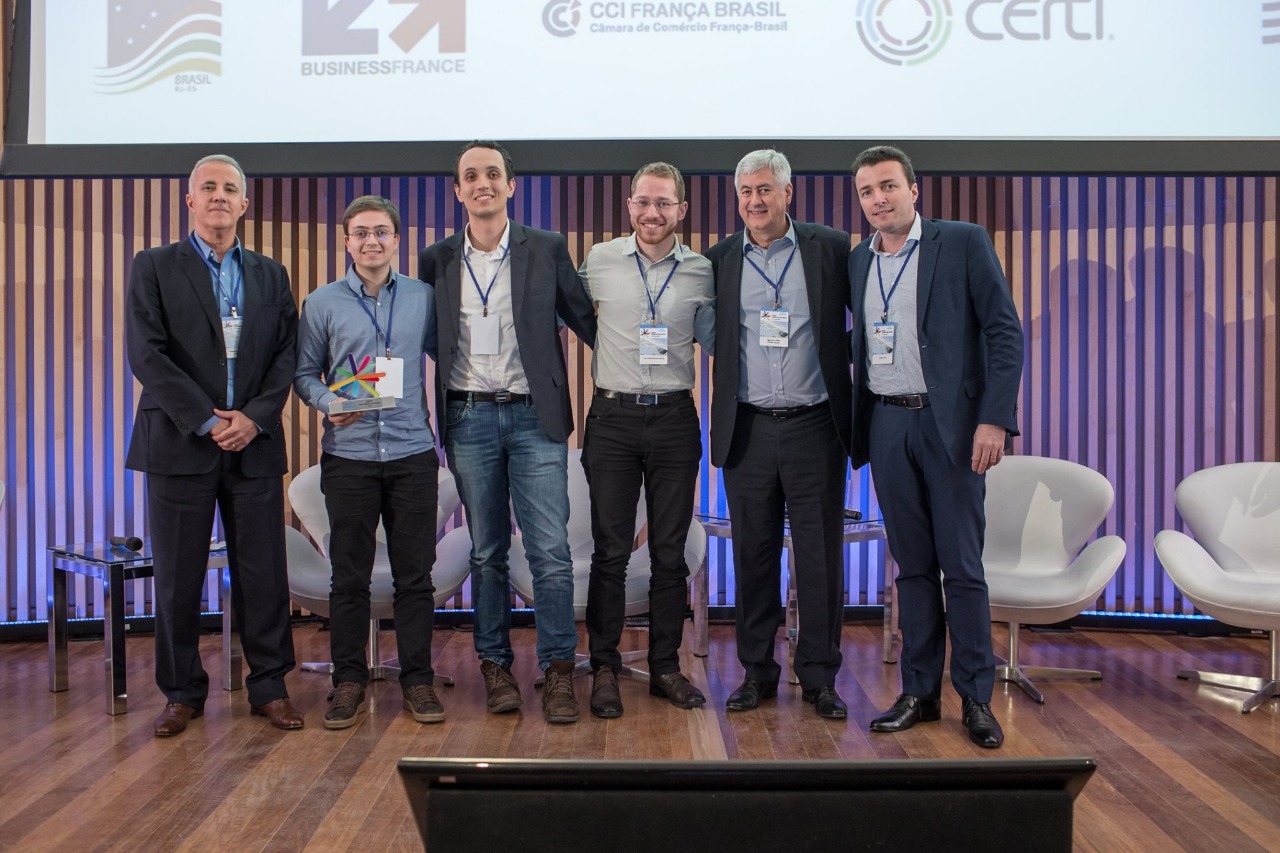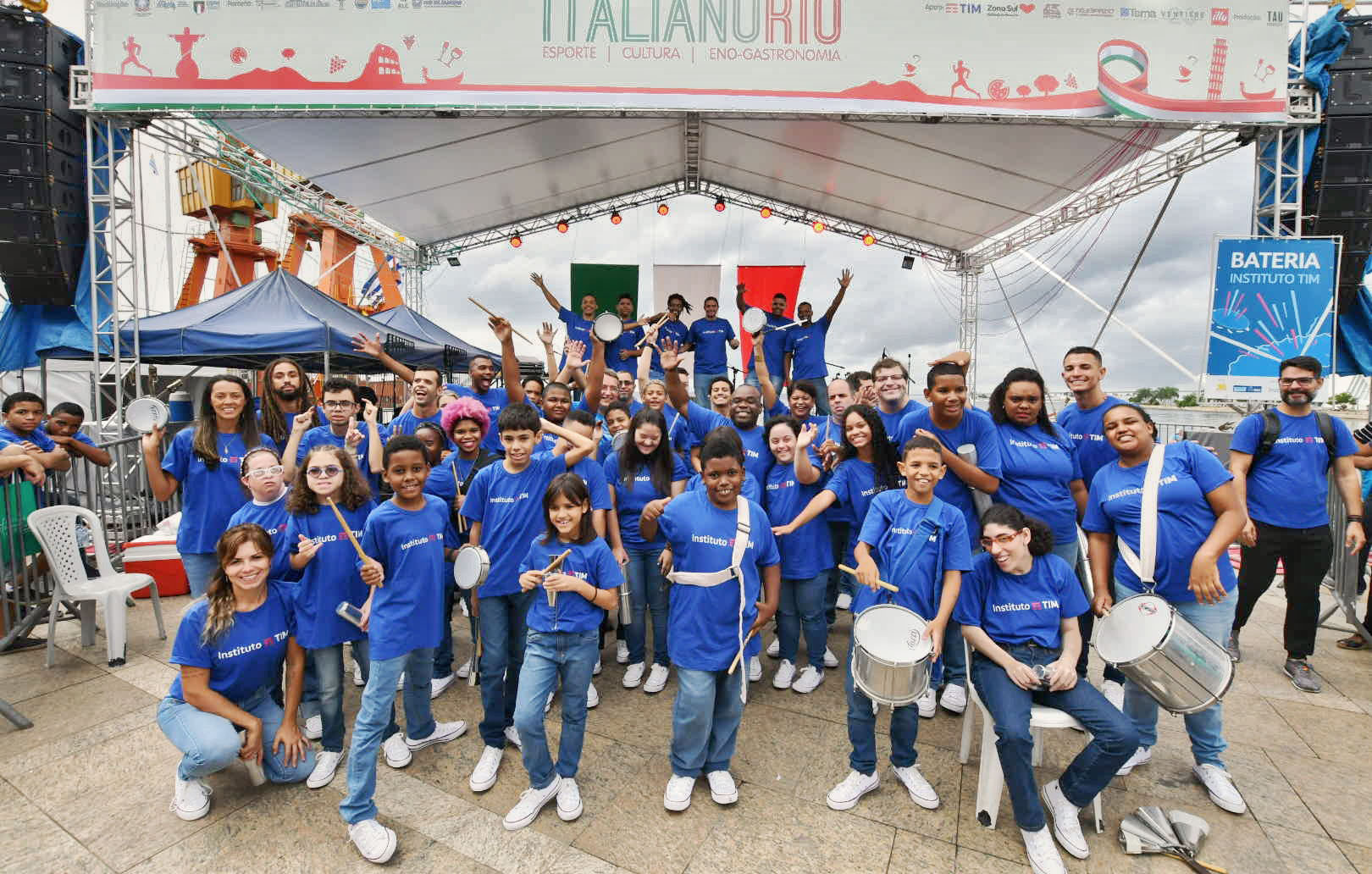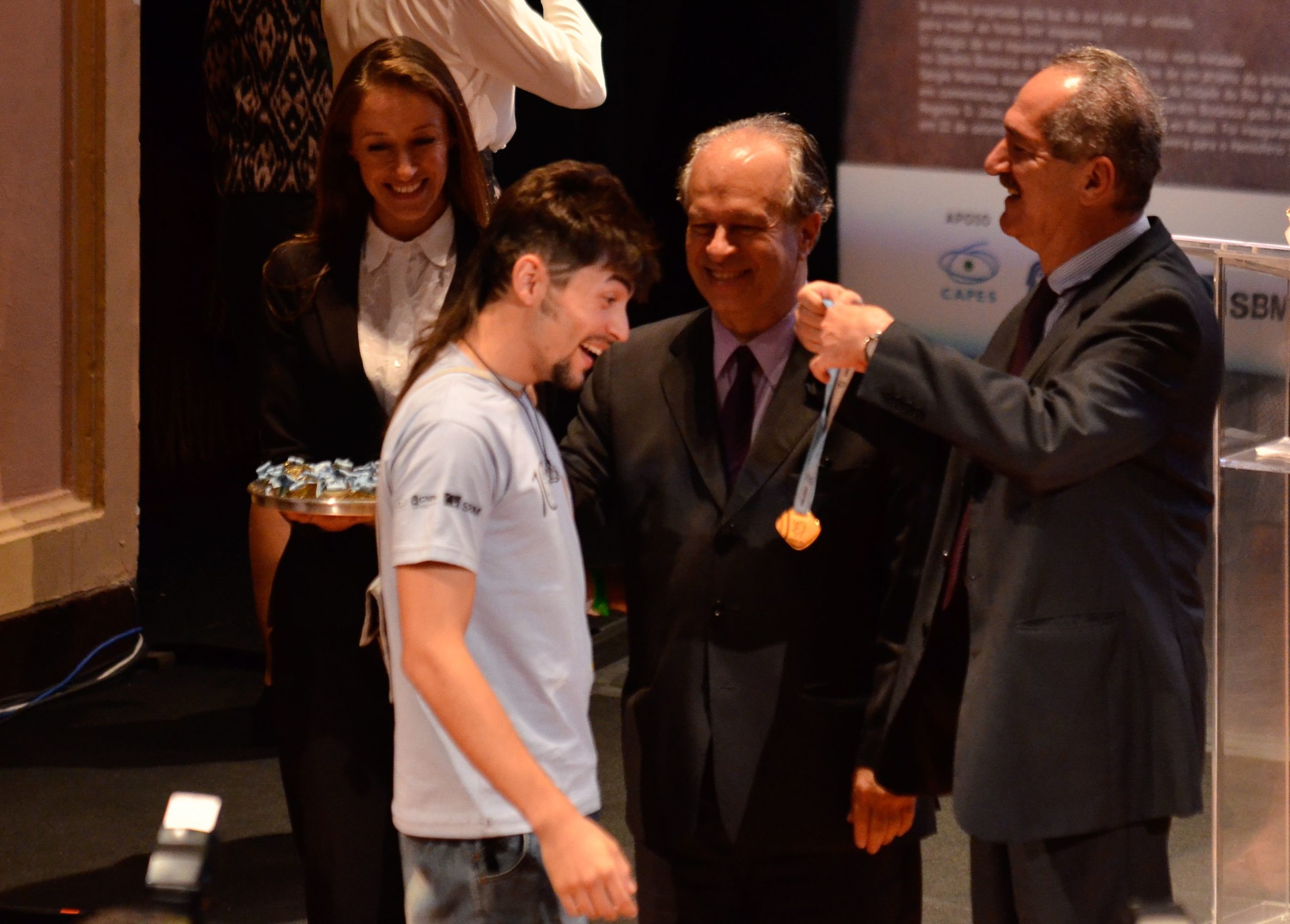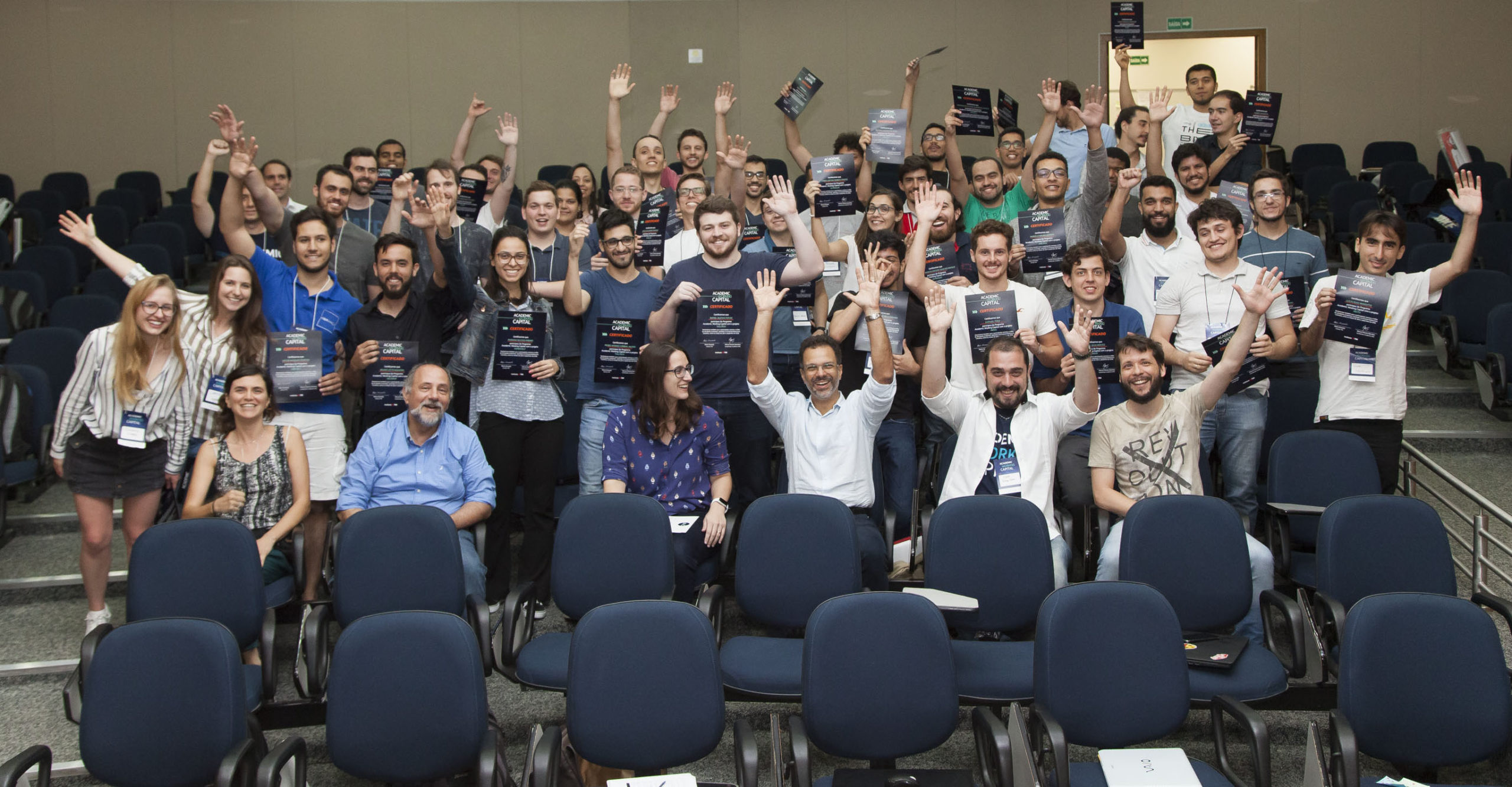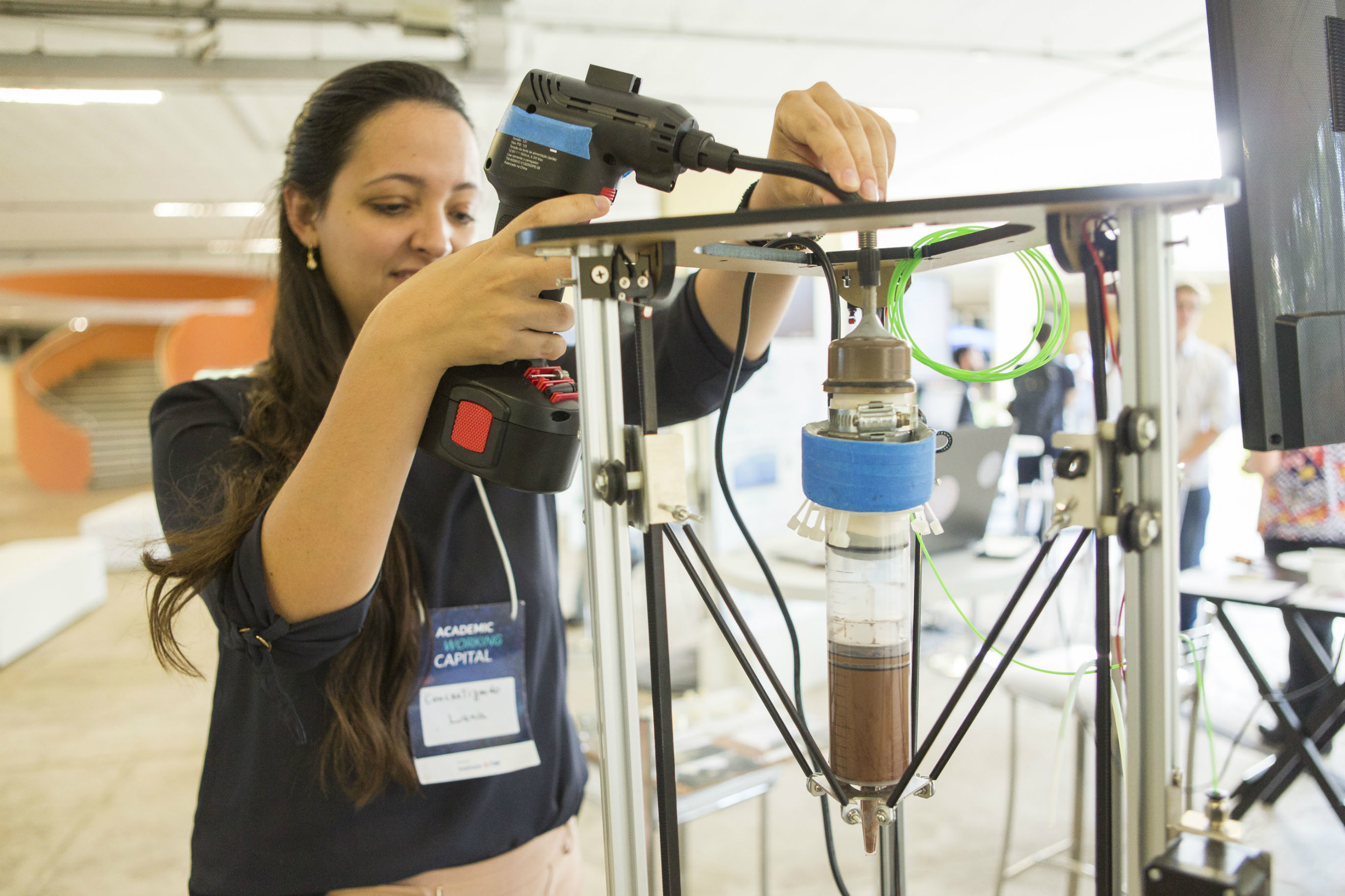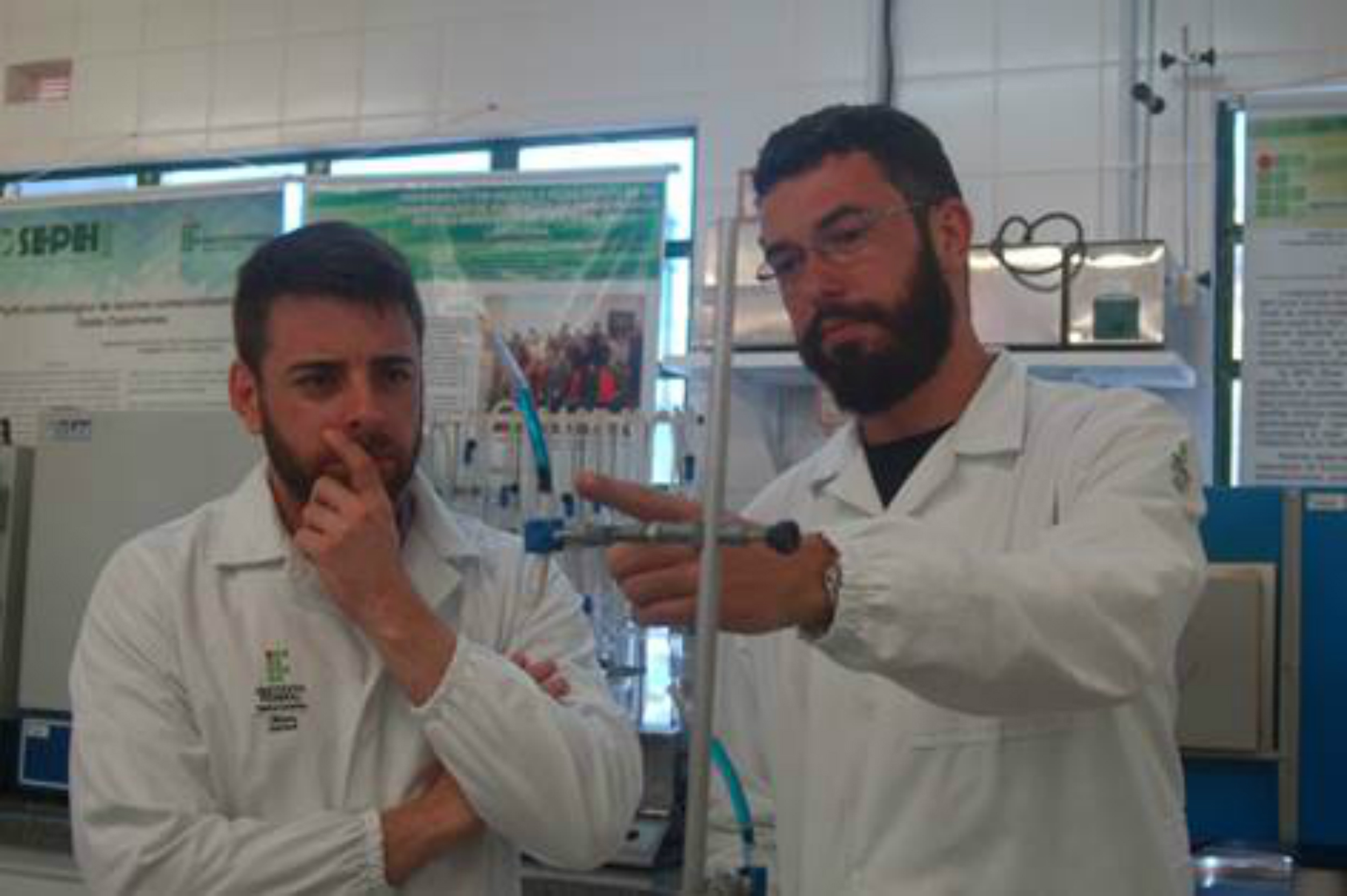
The Falcon 9 rocket, hired by the National Aeronautics and Space Administration (NASA), which will take the scientific experiment that won the Garatéa-ISS project, supported by the Instituto TIM, to space, is due to be launched in early July. The experiment “Capillarity vs. Gravity in the Filtration Process”, made by students of the 2nd year of the Secondary School of the Federal Institute of Santa Catarina (Xanxerê – SC), will fly to the International Space Station (ISS) and there, will be operated by astronauts.
The Garatéa-ISS initiative enables Brazilian students to be part of the North American Student Spaceflight Experiments Program (SSEP), which mainly promotes scientific education. Brazil is the only community outside of North America to be part of the program. “Brazil was originally a member of the space station,” says space engineer Lucas Fonseca, director of the Garatéa Mission, which carries out the Garatéa-ISS project. “I believe that this is Brazil getting back, by educational means, into the world space scene,” he adds.
Throughout 2018, over 4,000 students aged 10 to 17 were involved in the project, invited to build scientific experiments to be sent to the International Space Station. For this, trainings were conducted with teachers on the scientific methodology and the concepts necessary for the execution of the project. A selection process is carried out within each of the participating schools, and the chosen students in each school are sent for evaluation by a board of academics of the Garatéa Mission. The board elects three finalists, who are then sent to NASA, who chooses the most viable experiment.
The Brazilian winning experiment, which is going to Space in July, “Capillarity vs. Gravity in the Filtration Process”, is inspired by the clay filter, very common in Brazil and known worldwide for being one of the most efficient filters. On Earth, it works through gravity, as water flows through the internal system and is filtered out to us. This original process, however, does not work in space, since its gravity notions are very different from terrestrial ones. Based on this principle, the students proposed an experiment that uses a physical effect called capillarity, which works independently of gravity.


After winning the contest, the experiment was put into practice. All experiments were conditioned in tubes with different cavities, allowing manipulation of the substances by the astronaut. Within a month, the astronauts will instruct the students on how to operate each project and, through the information provided, they will monitor the experiment.
After a month, the astronauts will bring the experiment back to Earth. Students will observe the results and formalize everything in a study, detailing the process and its final conclusion, including whether or not the project worked – this step closes the full research cycle of the scientific experiment, building a full field study.
Before the rocket launch, the winning students will attend a congress in Washington, USA, where they will tell an audience of academics and scientists how their experiment was carried out and how the project is assembled.
The Garatéa-ISS project is carried out in partnership with the University of São Paulo (USP) and the Foundation for Support to Physics and Chemistry (FAFQ) and is sponsored by Instituto TIM, among other organizations. “The fact that the Instituto TIM already supports projects that promote education shows us how it is an institution that cares about science, much more than just financially, but in practice by supporting scientific education in the country. That is why we are looking for the Instituto TIM, knowing that it was in harmony with our mission and our goals”, explains Lucas Fonseca of the Garatéa Mission.
The program’s goal for the coming years is to impact 30,000 to 40,000 students.



